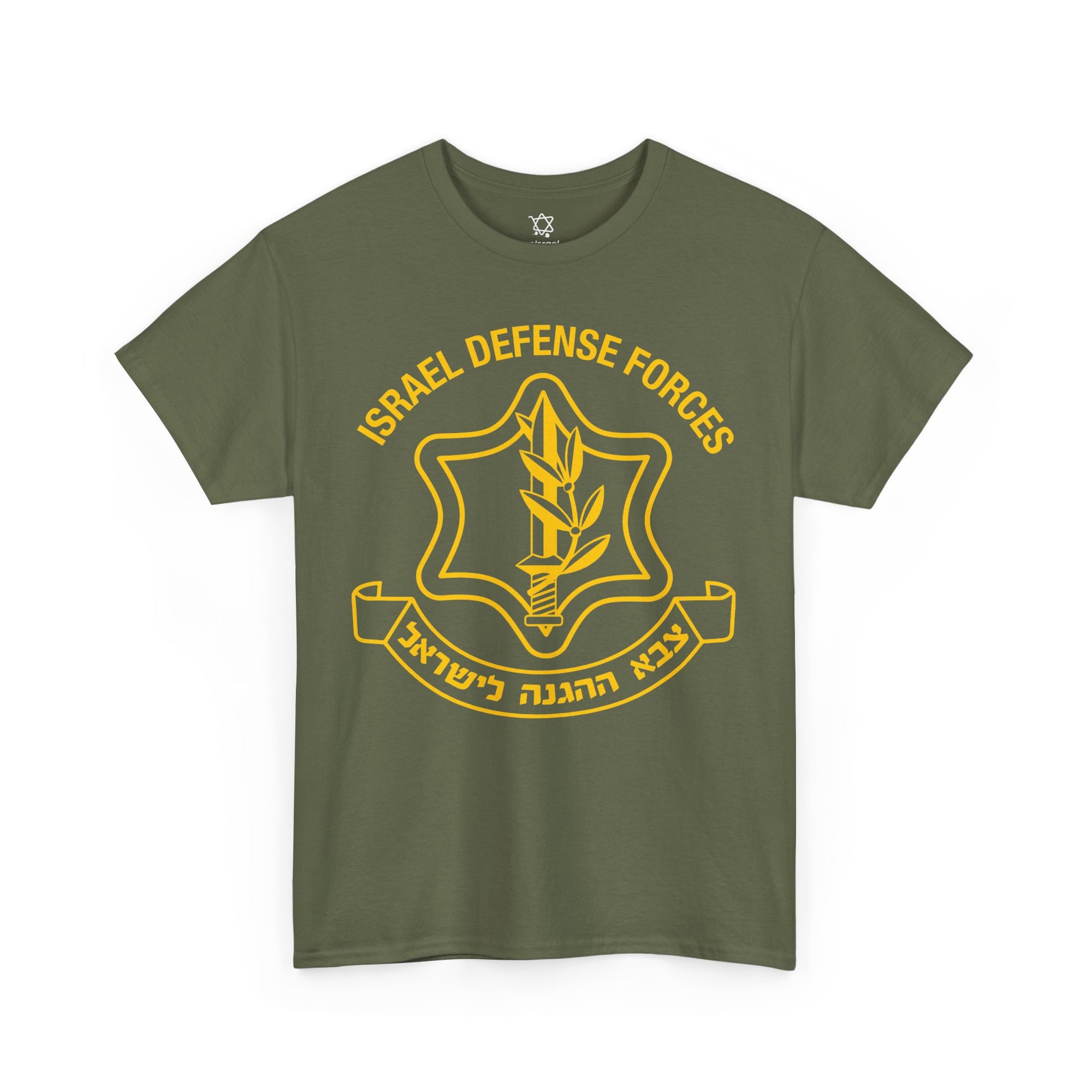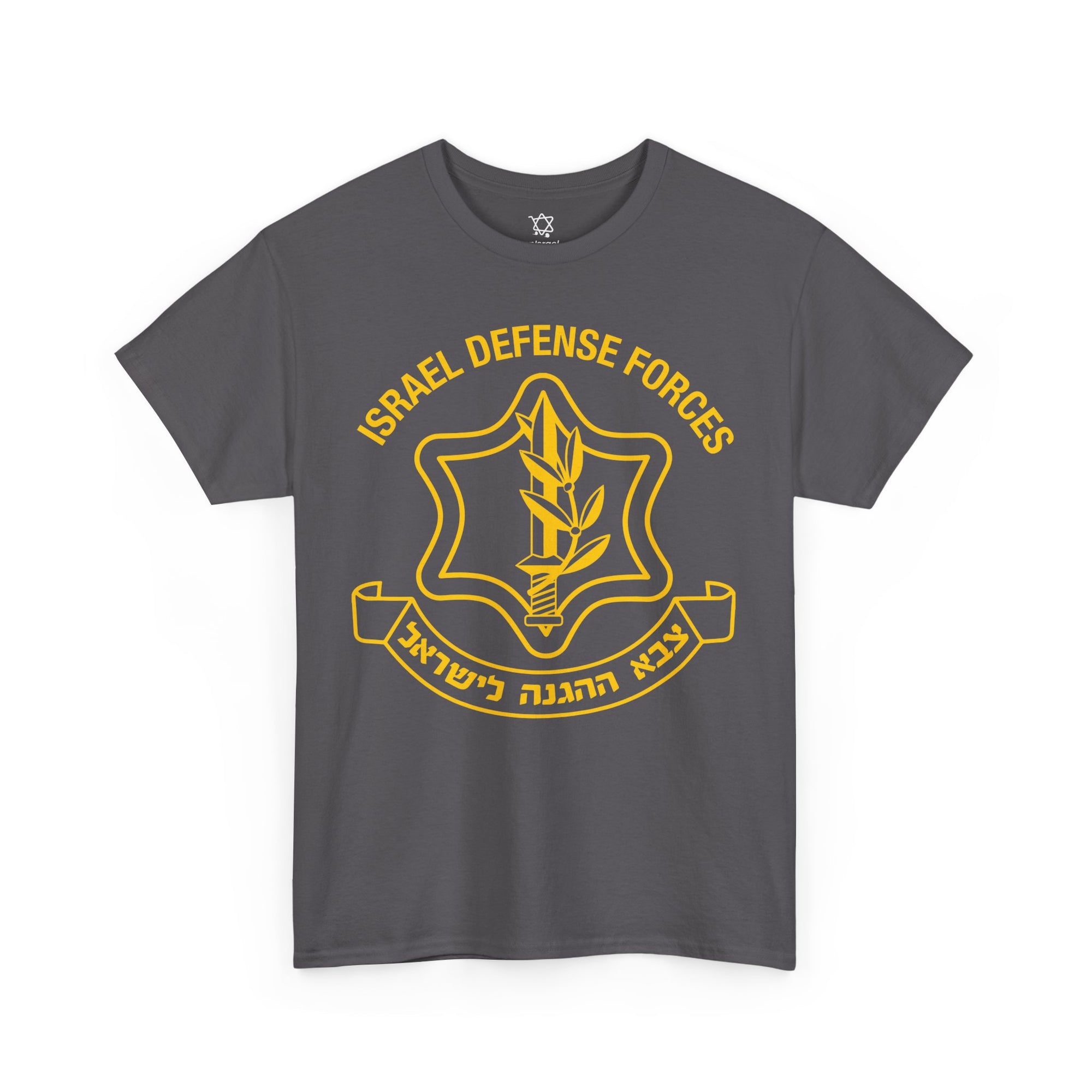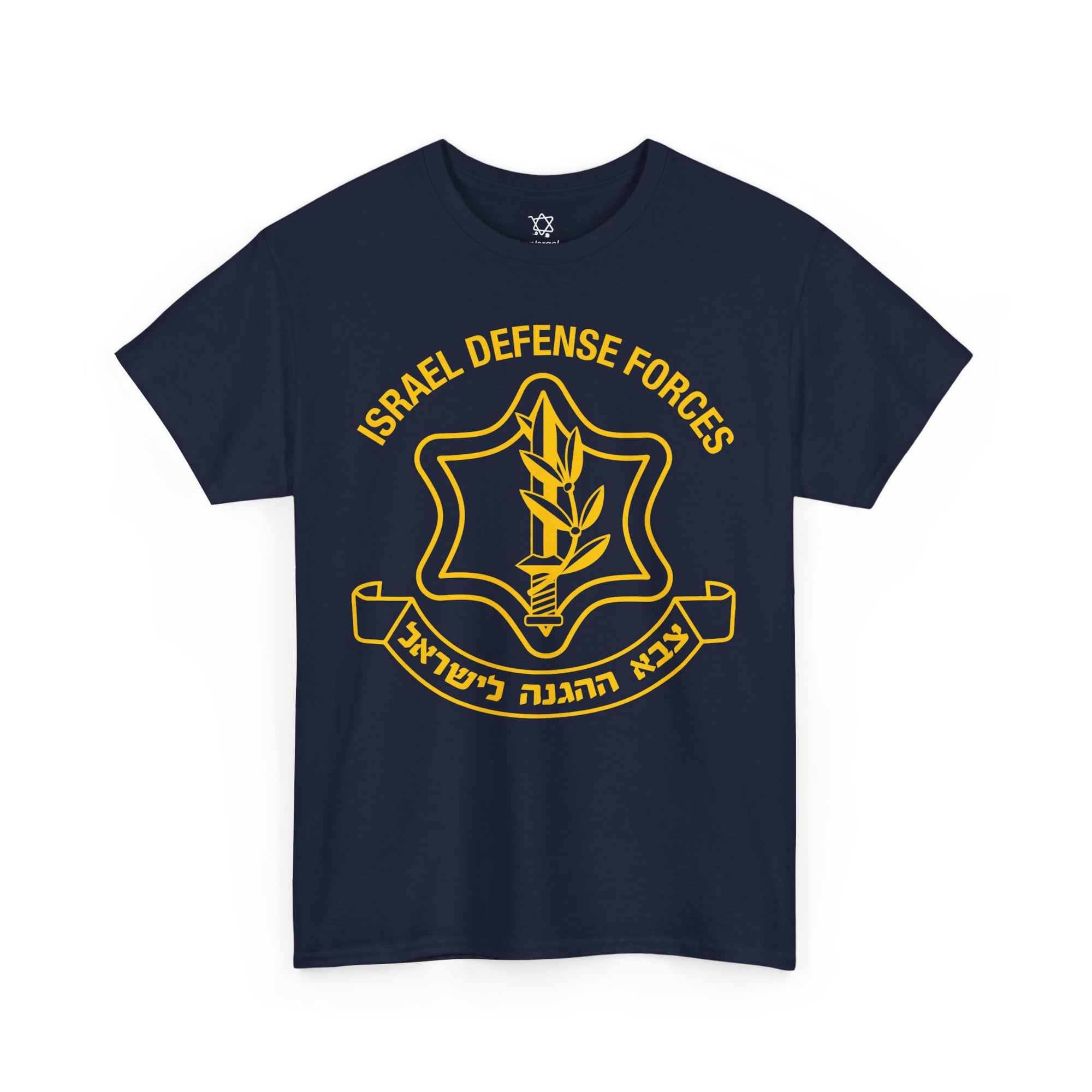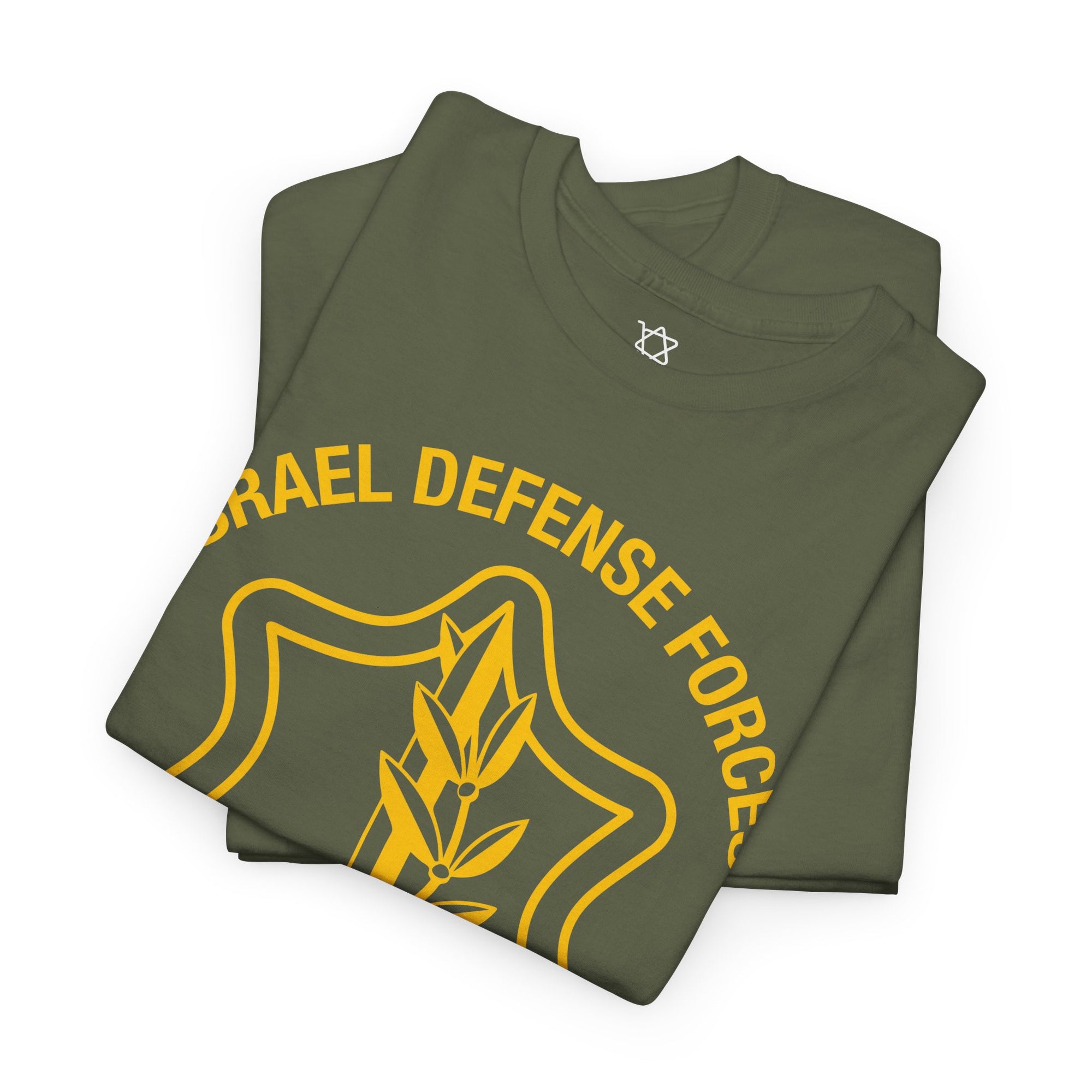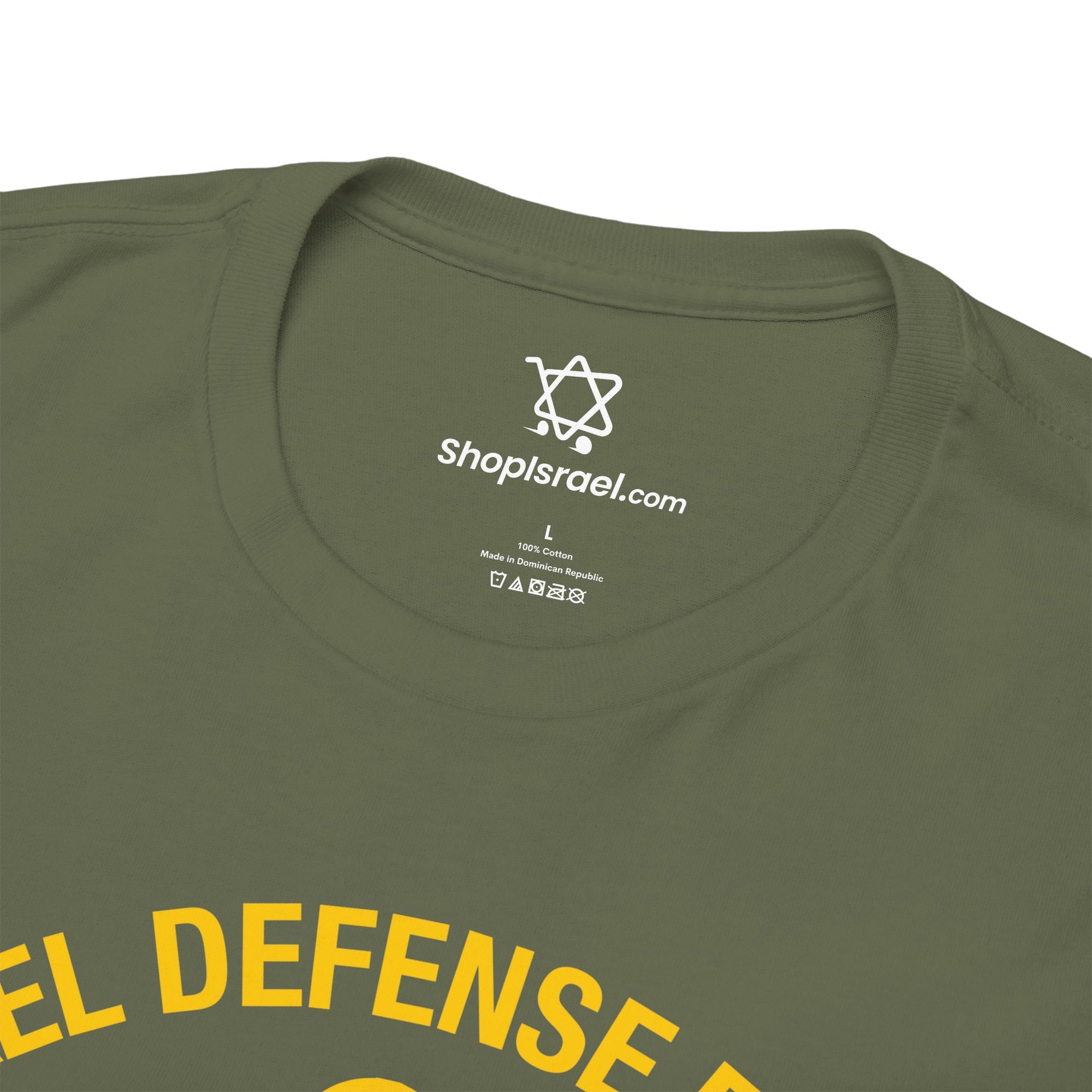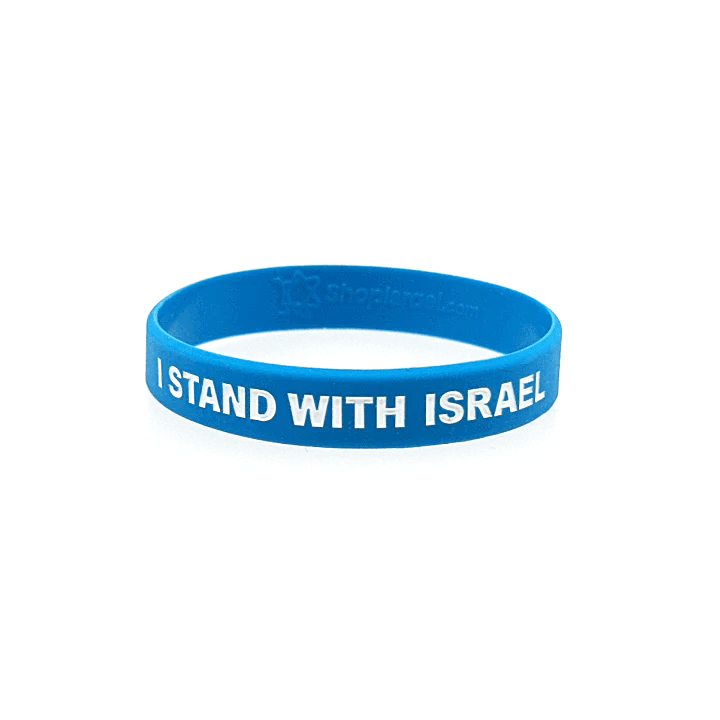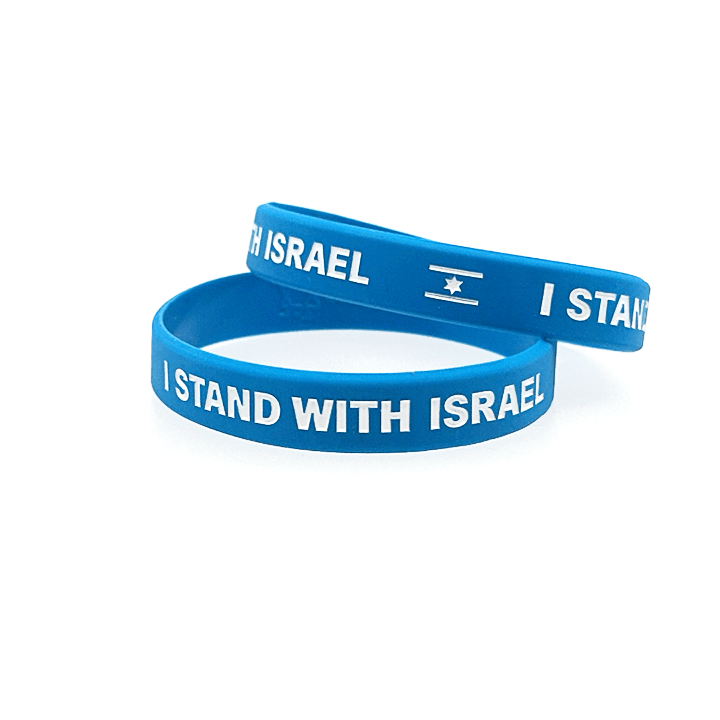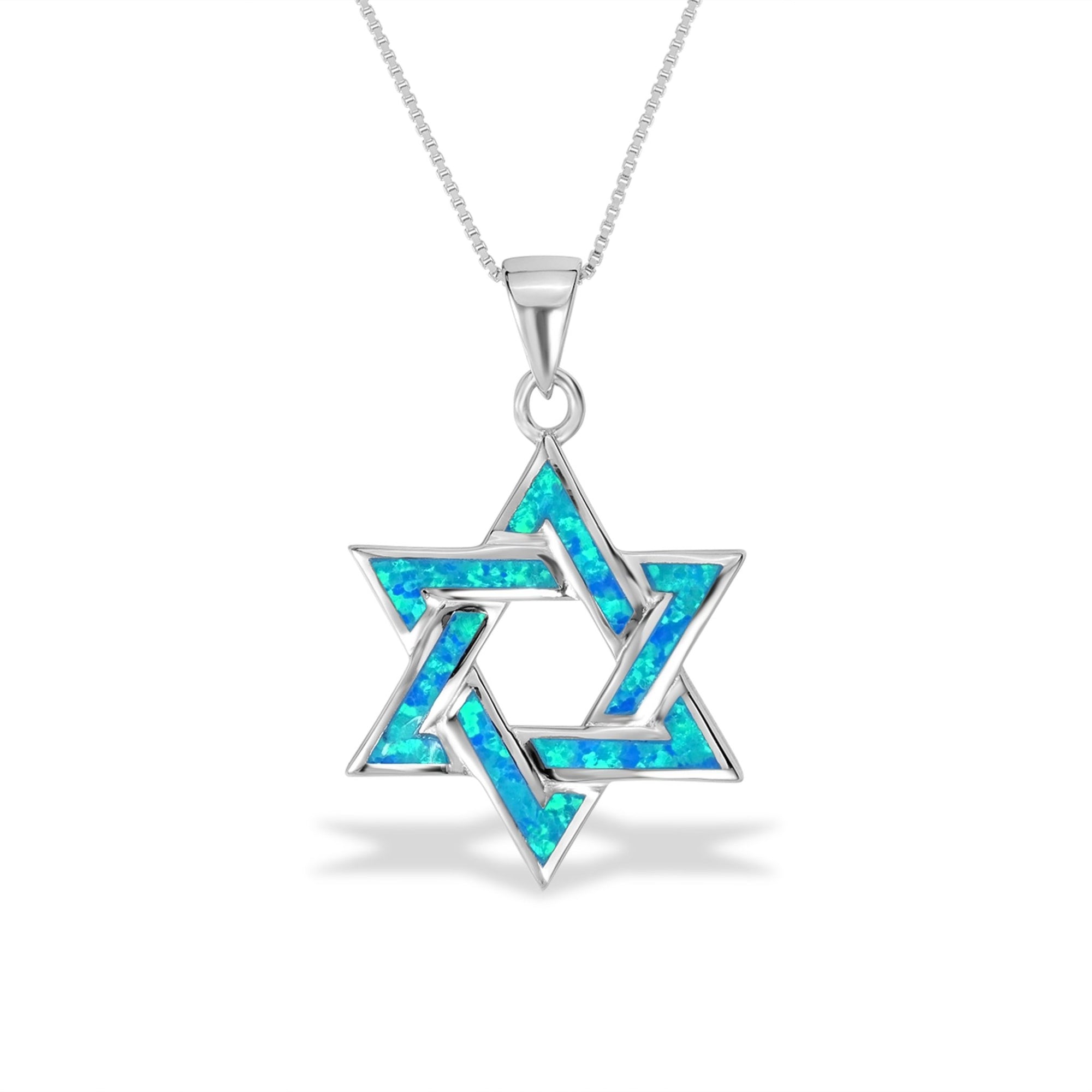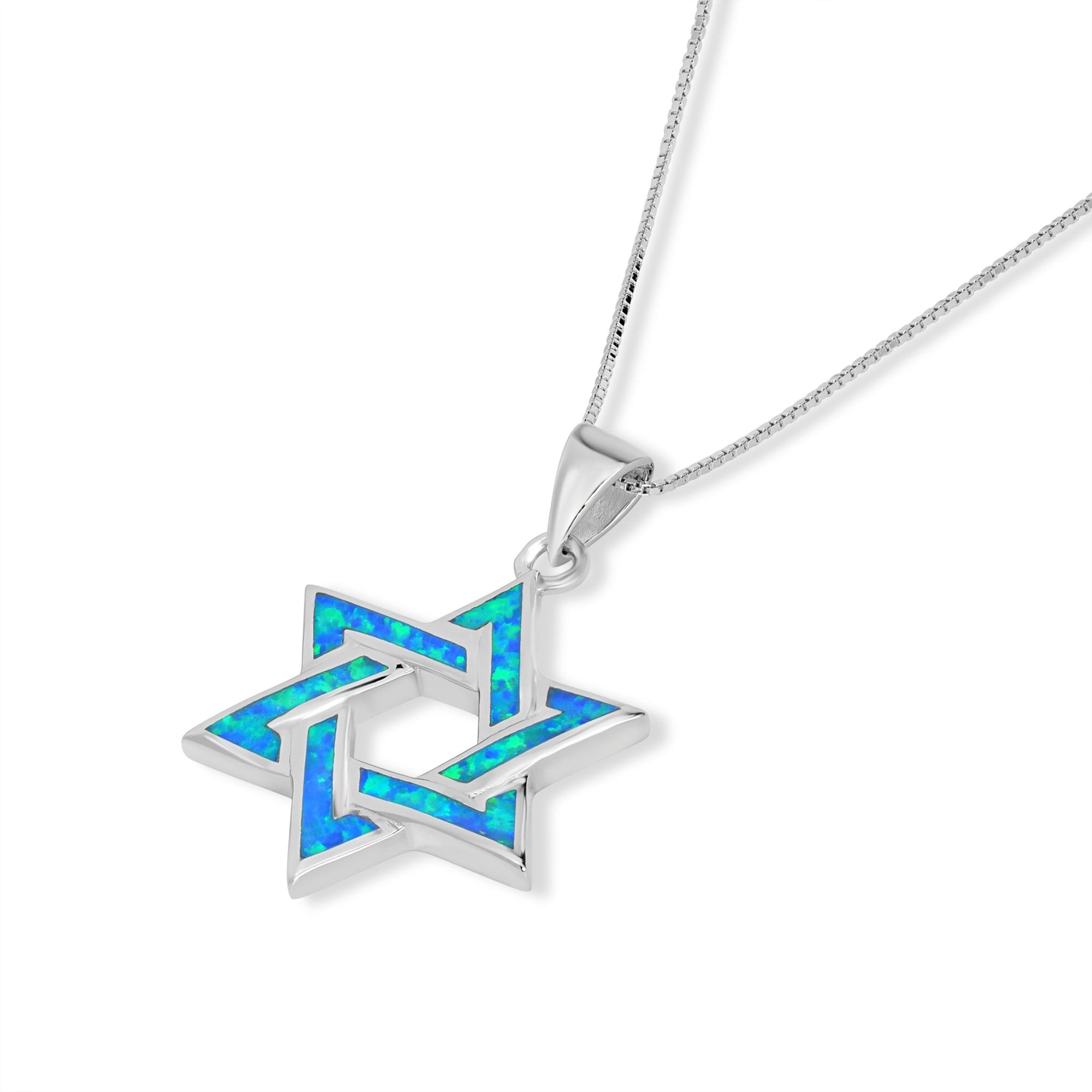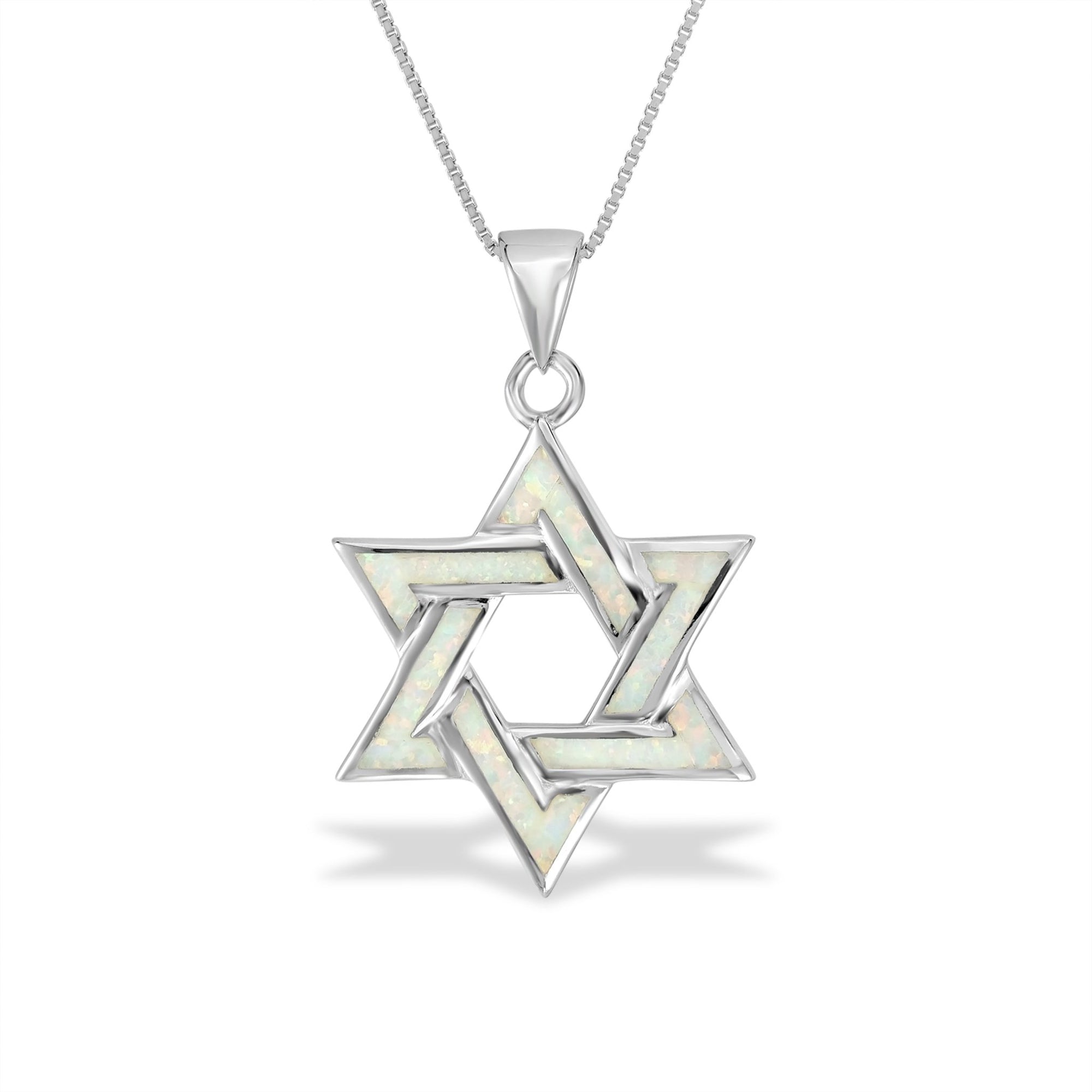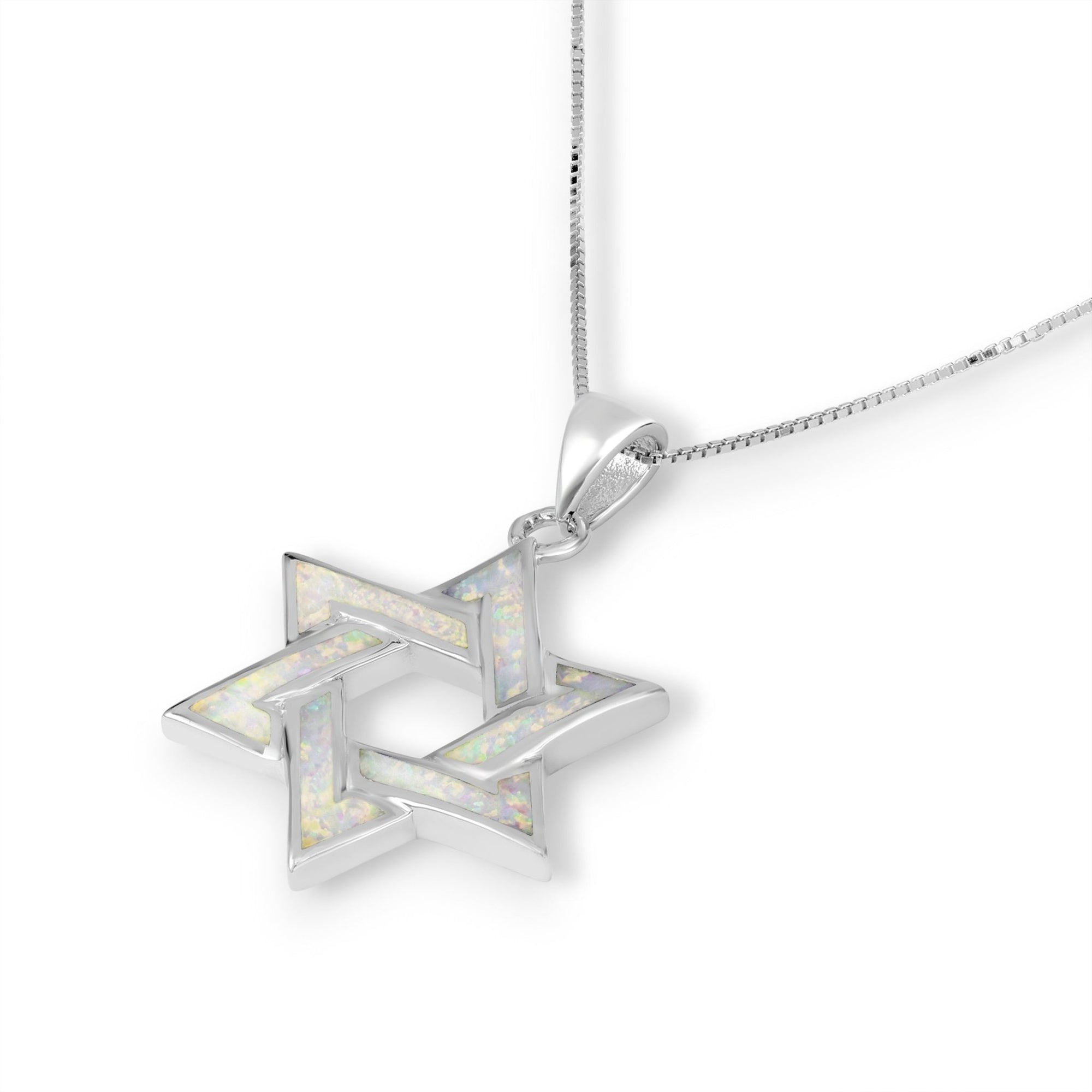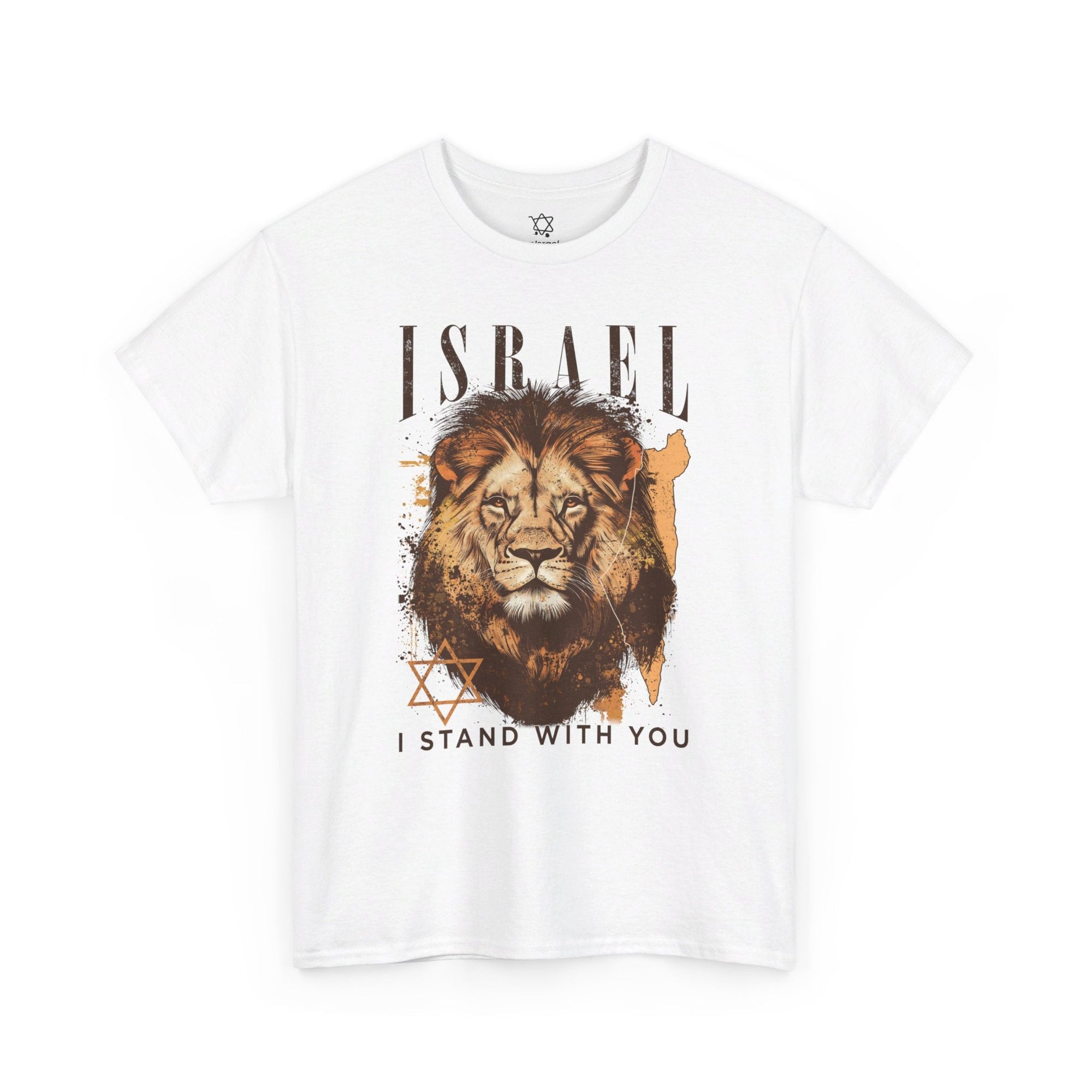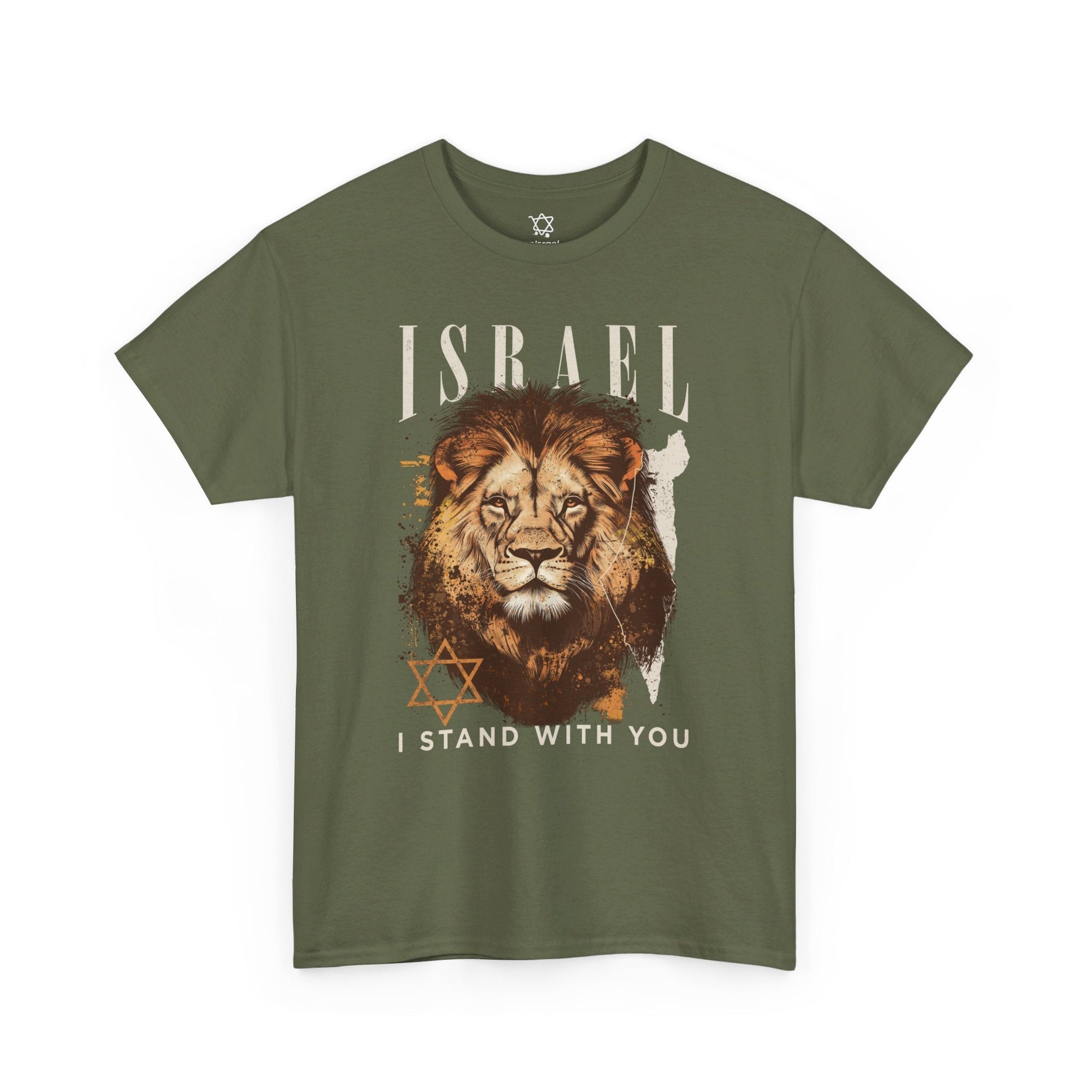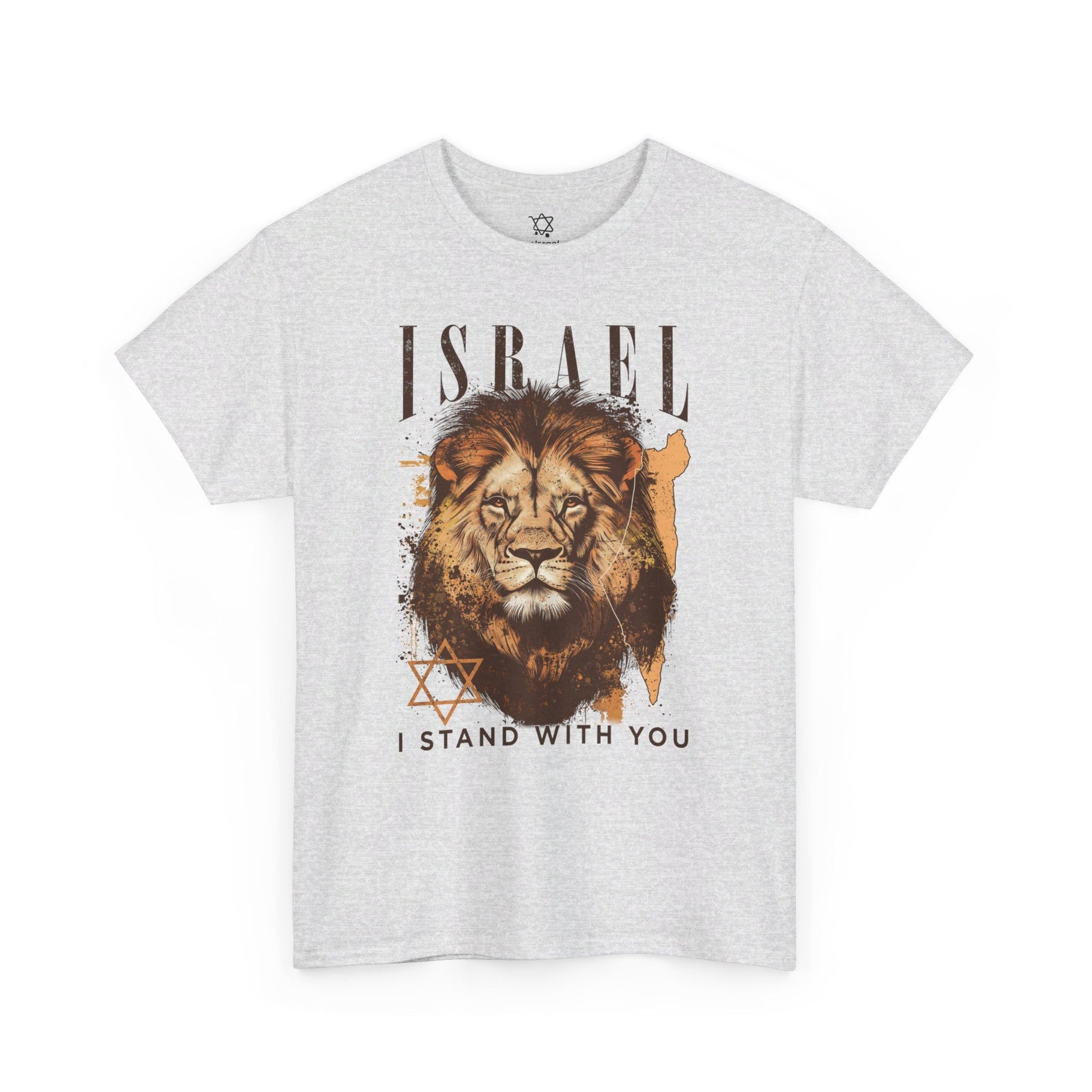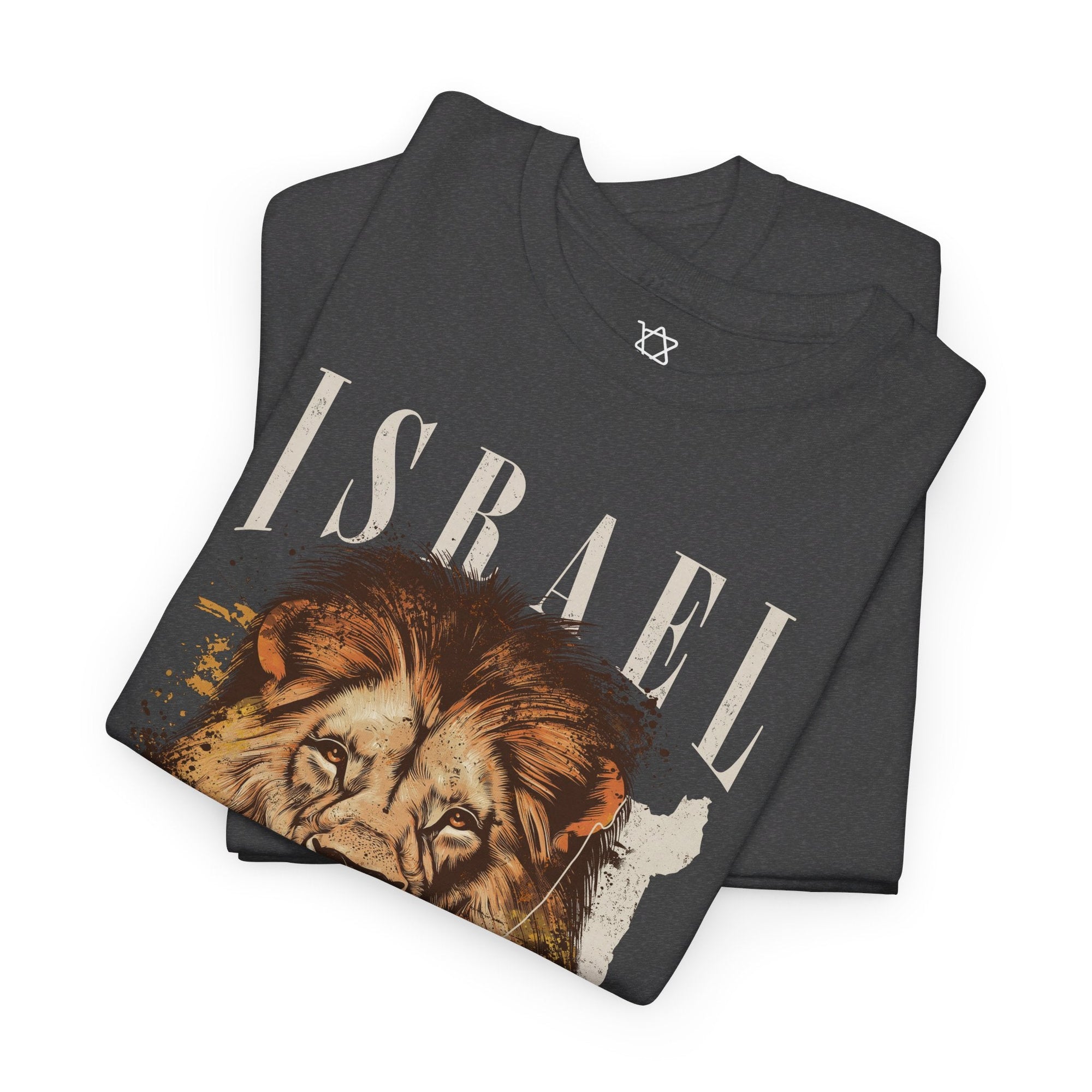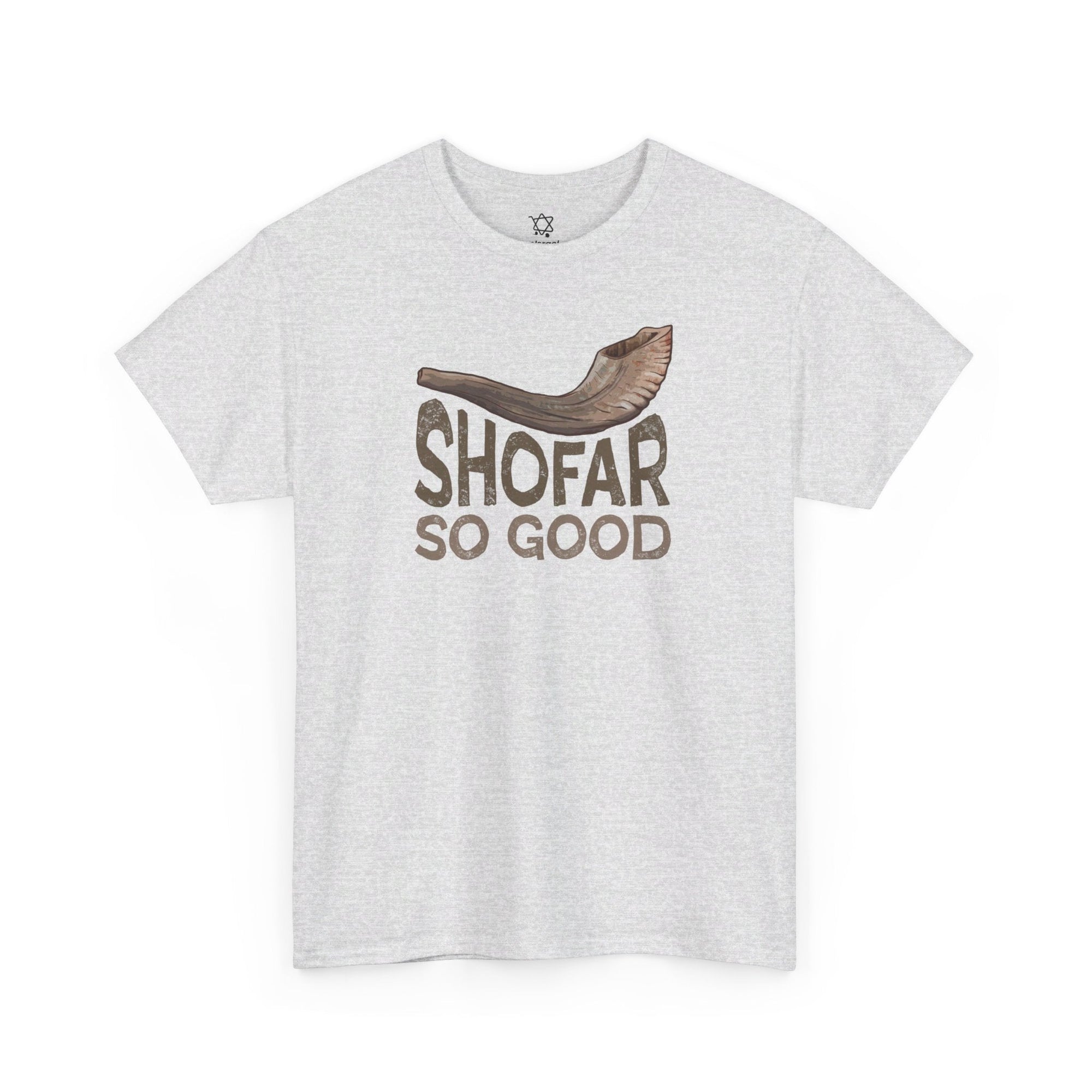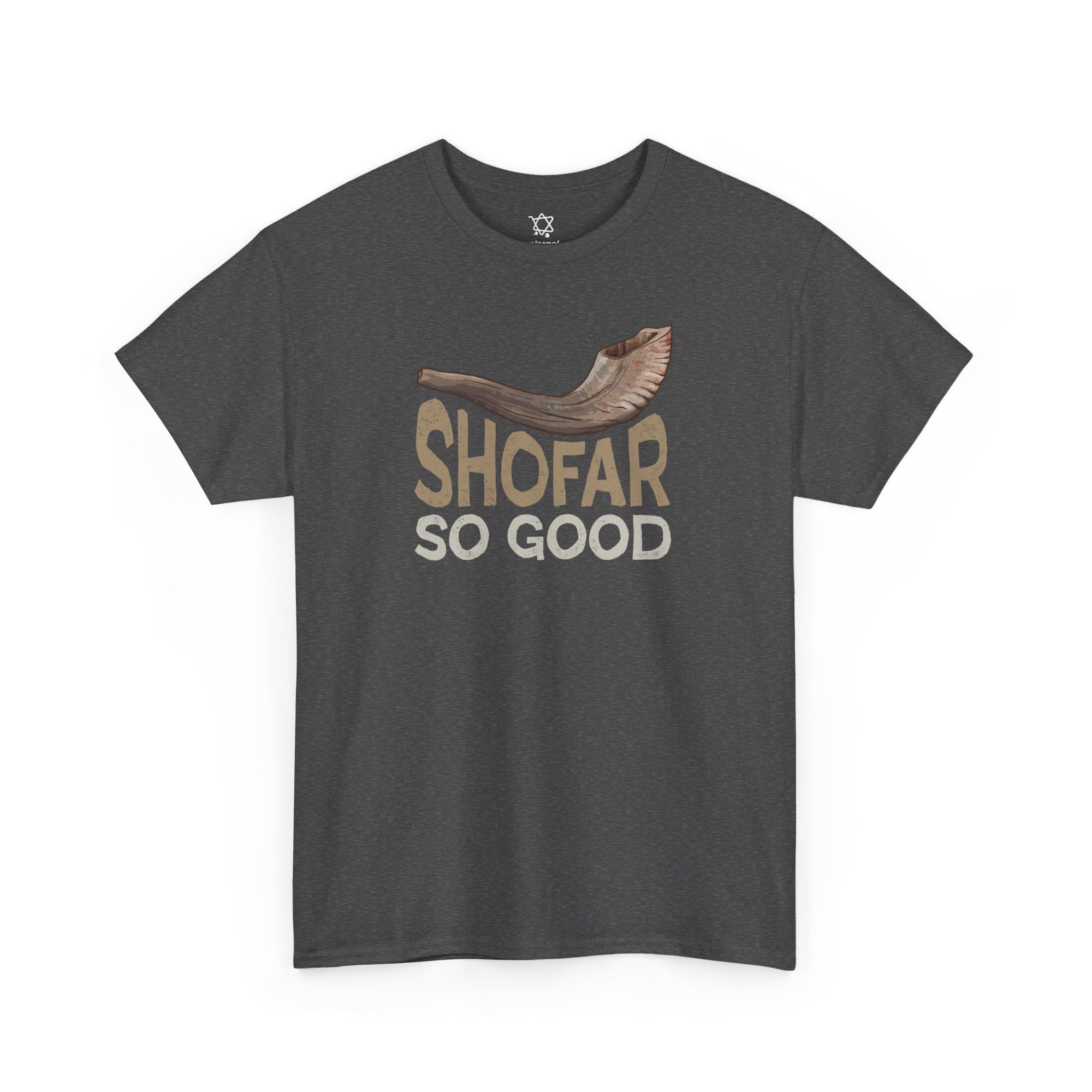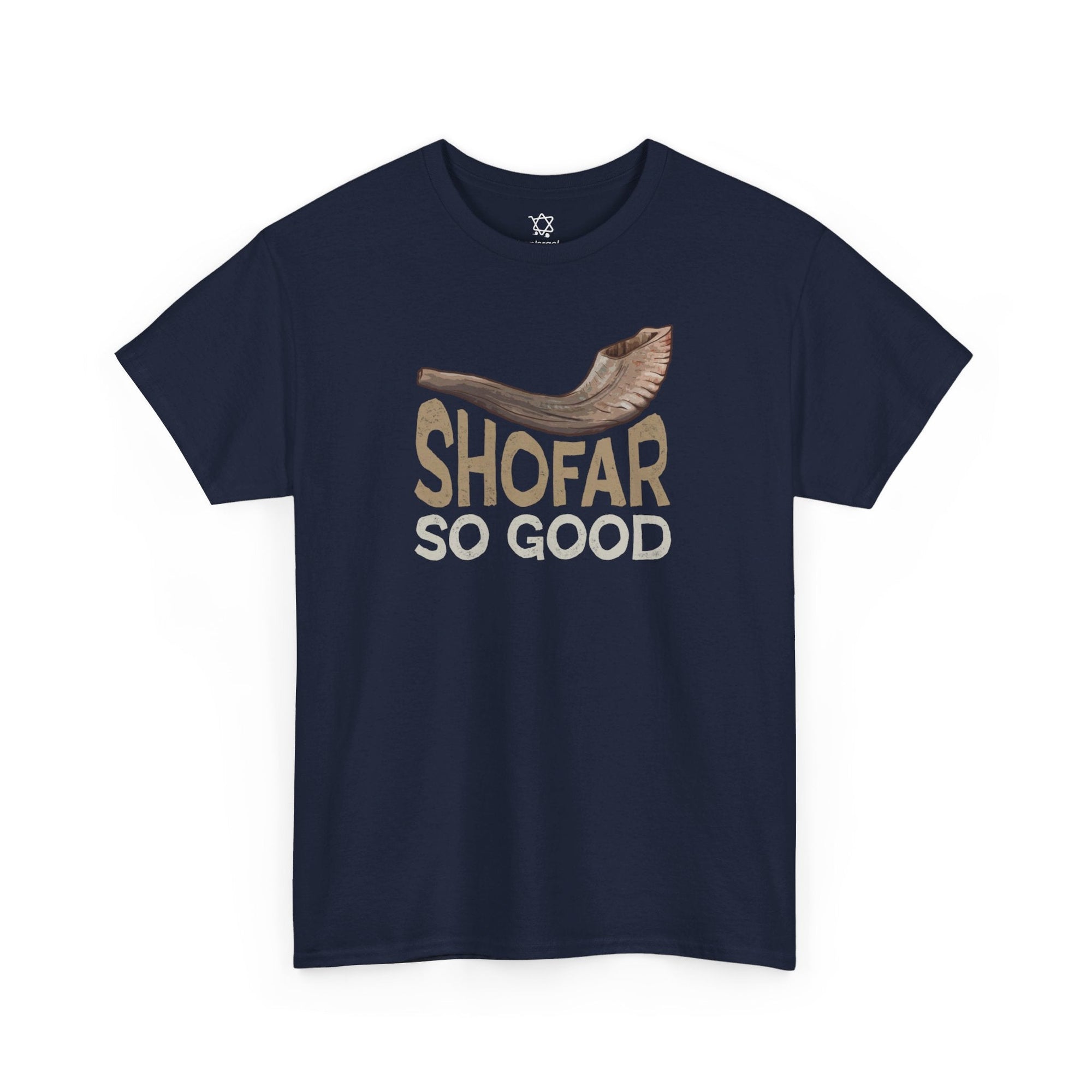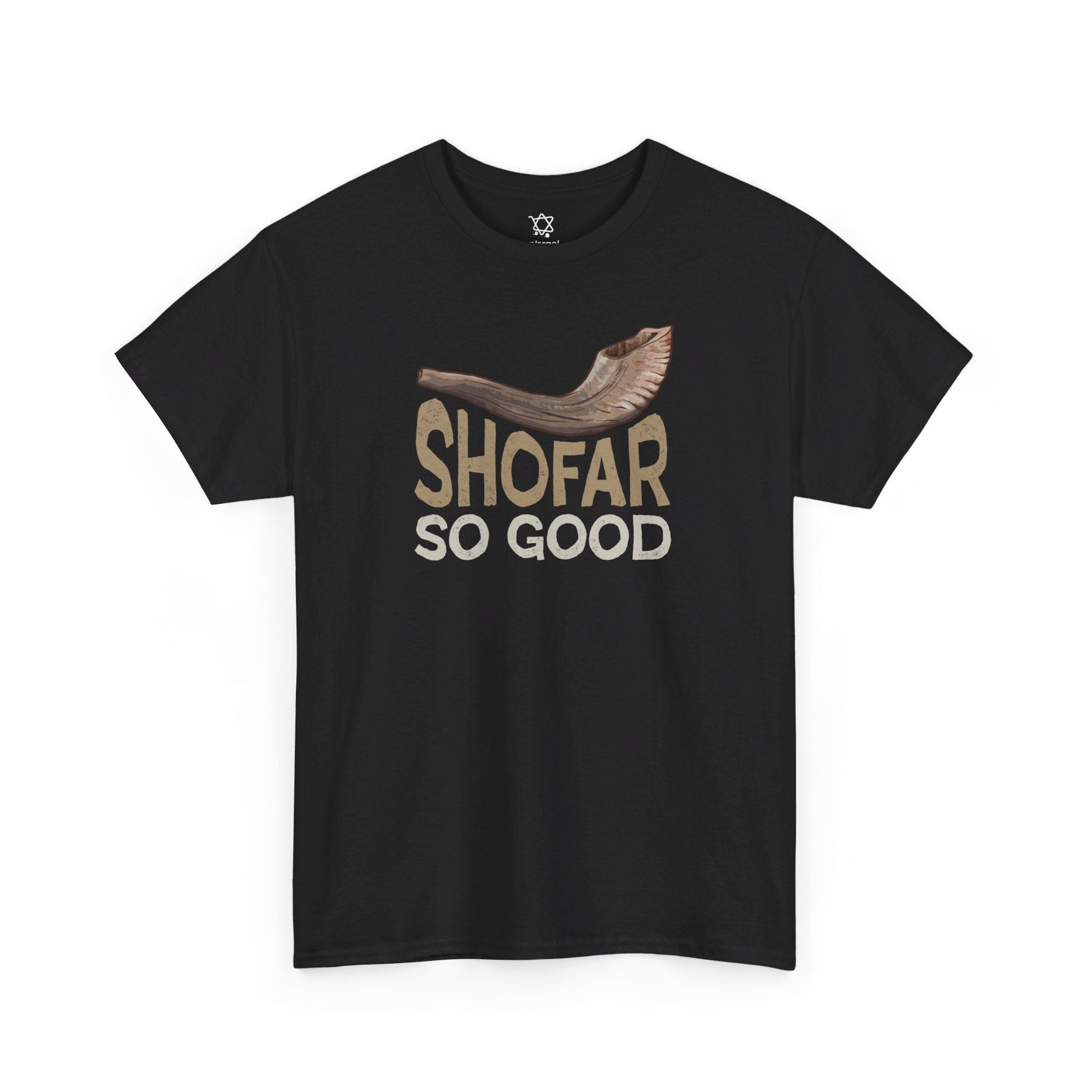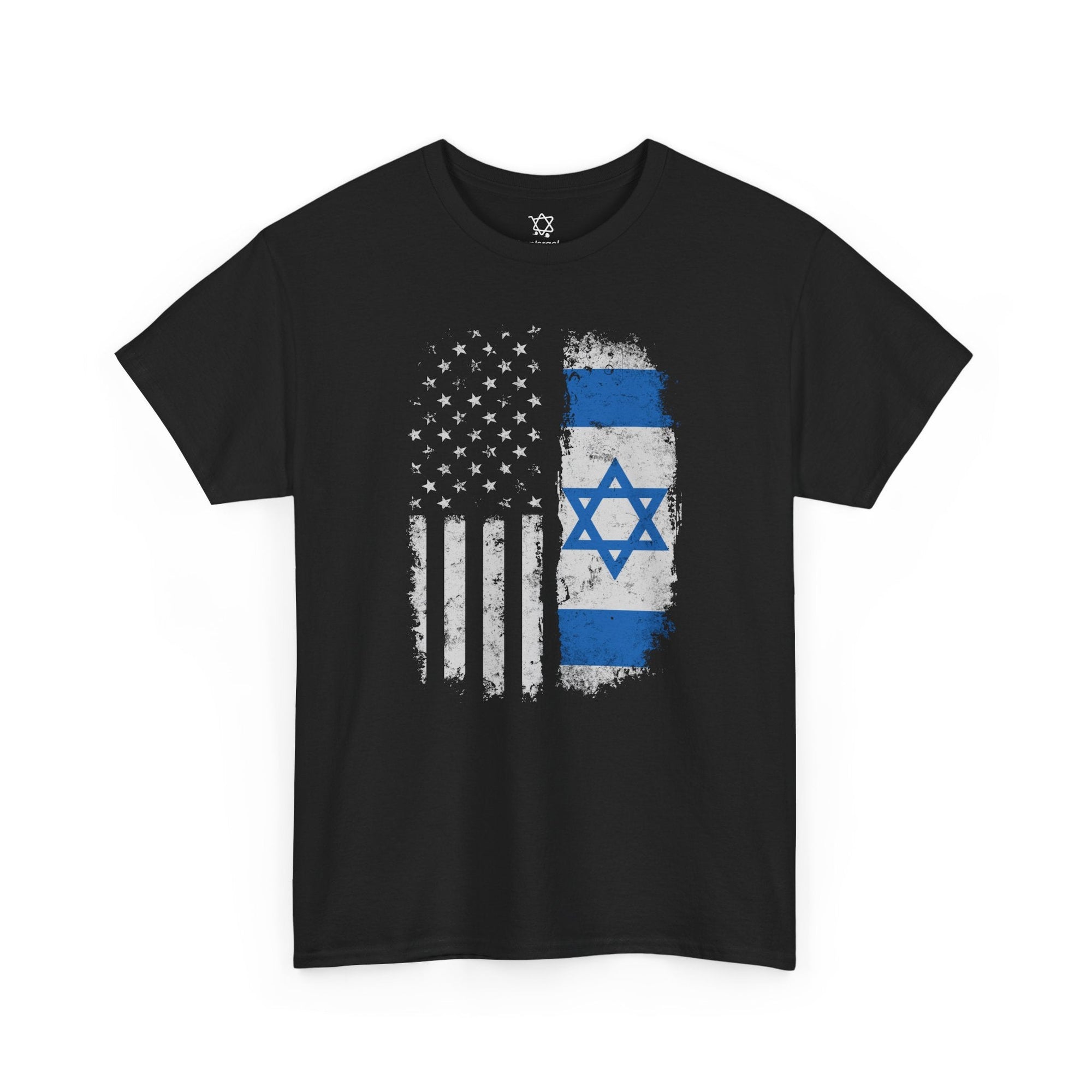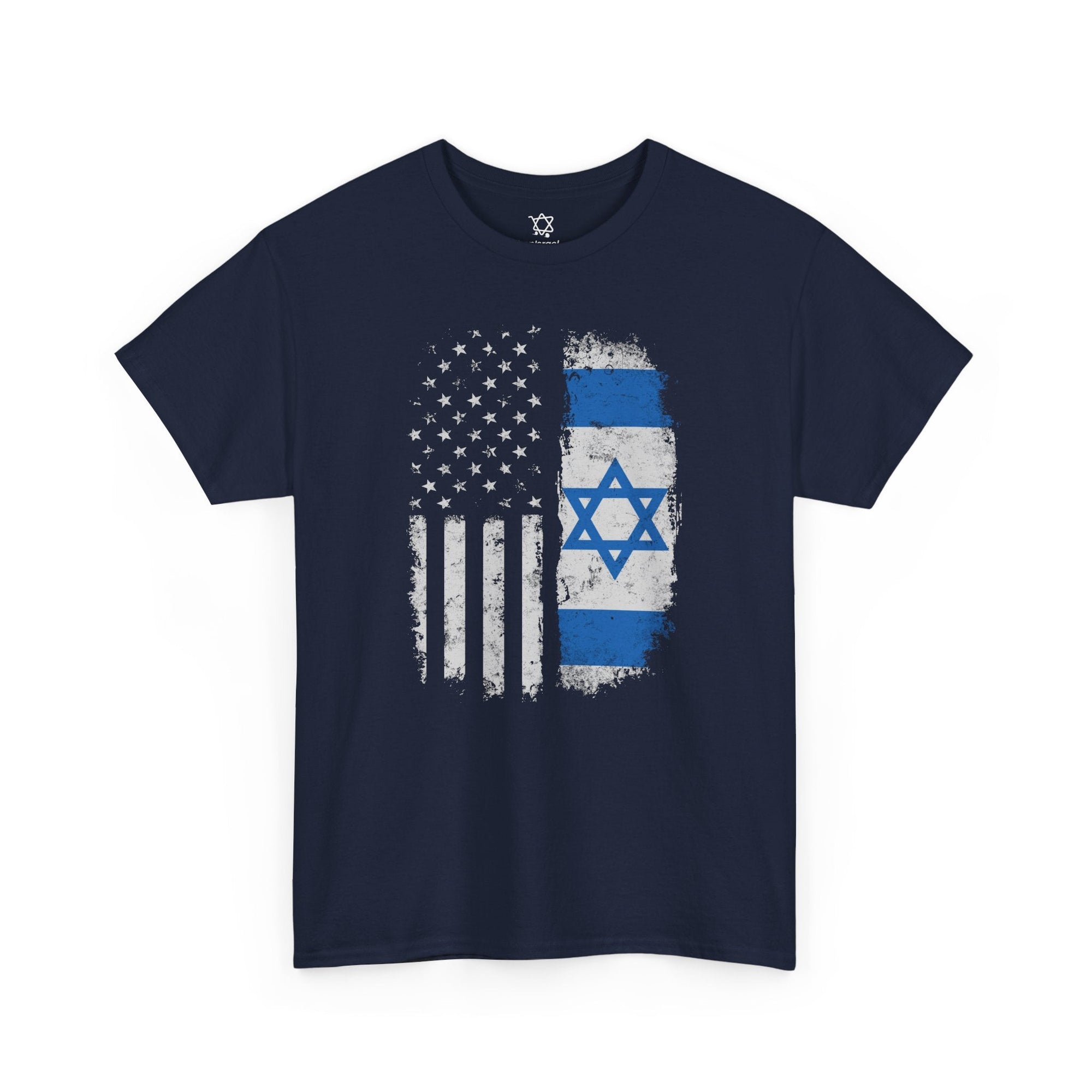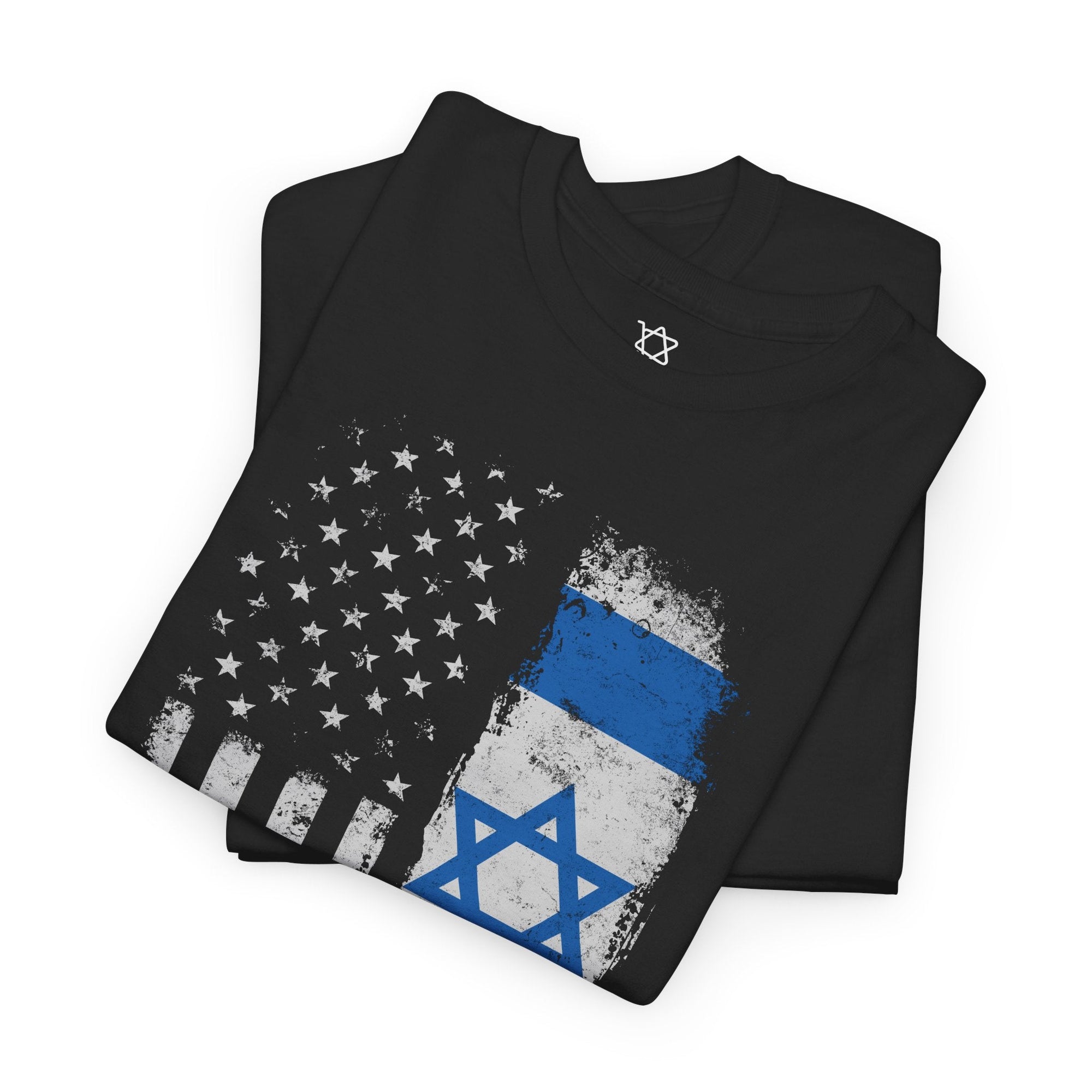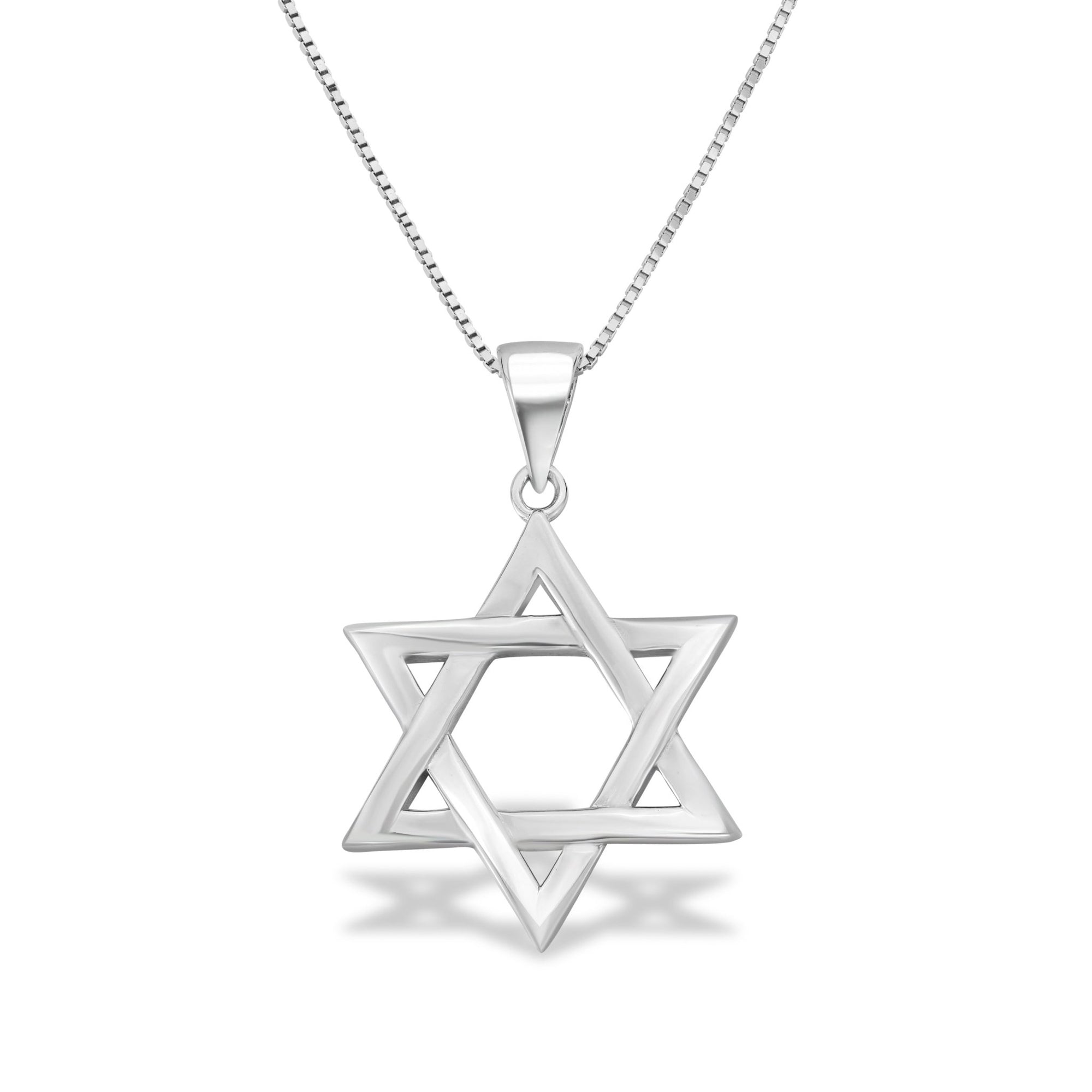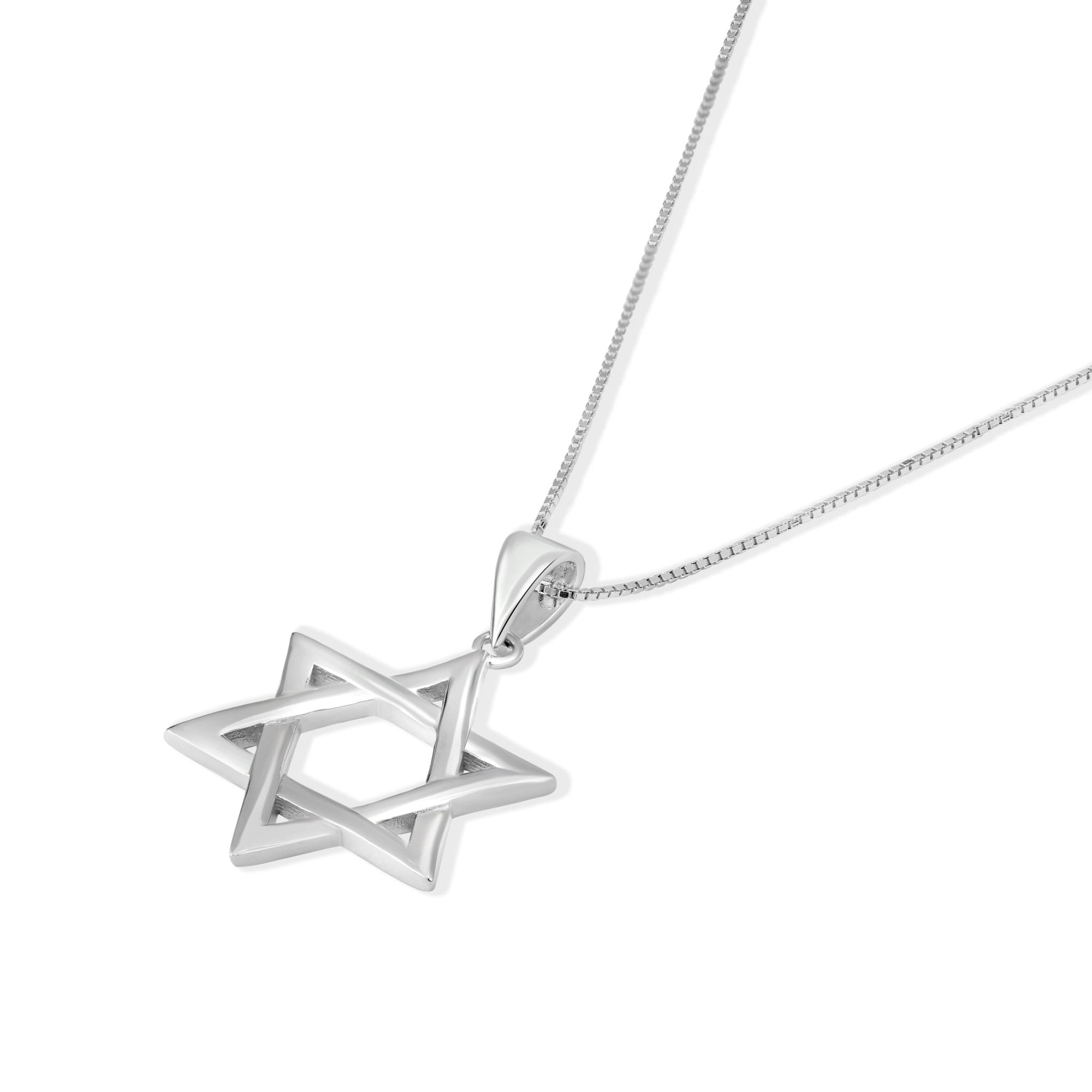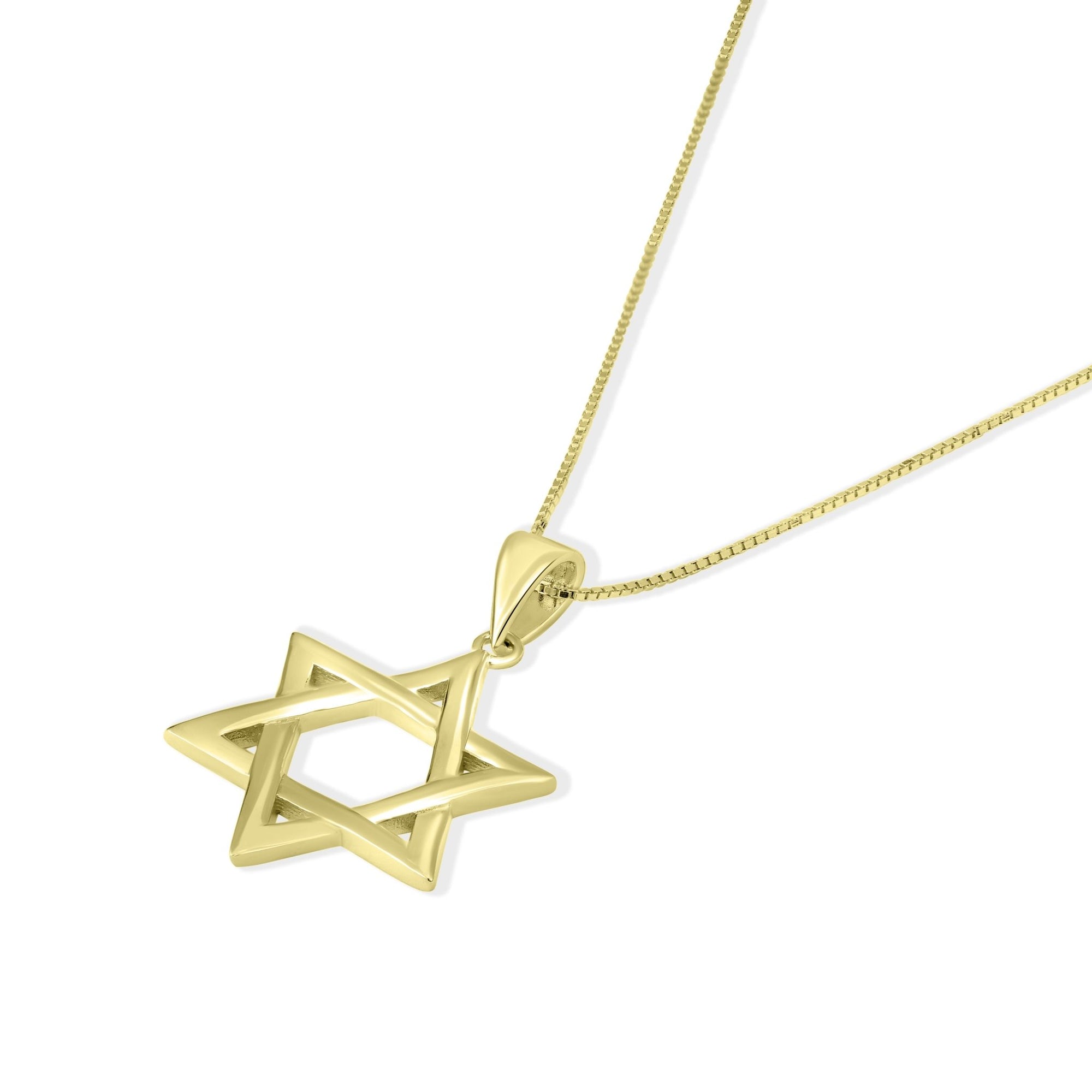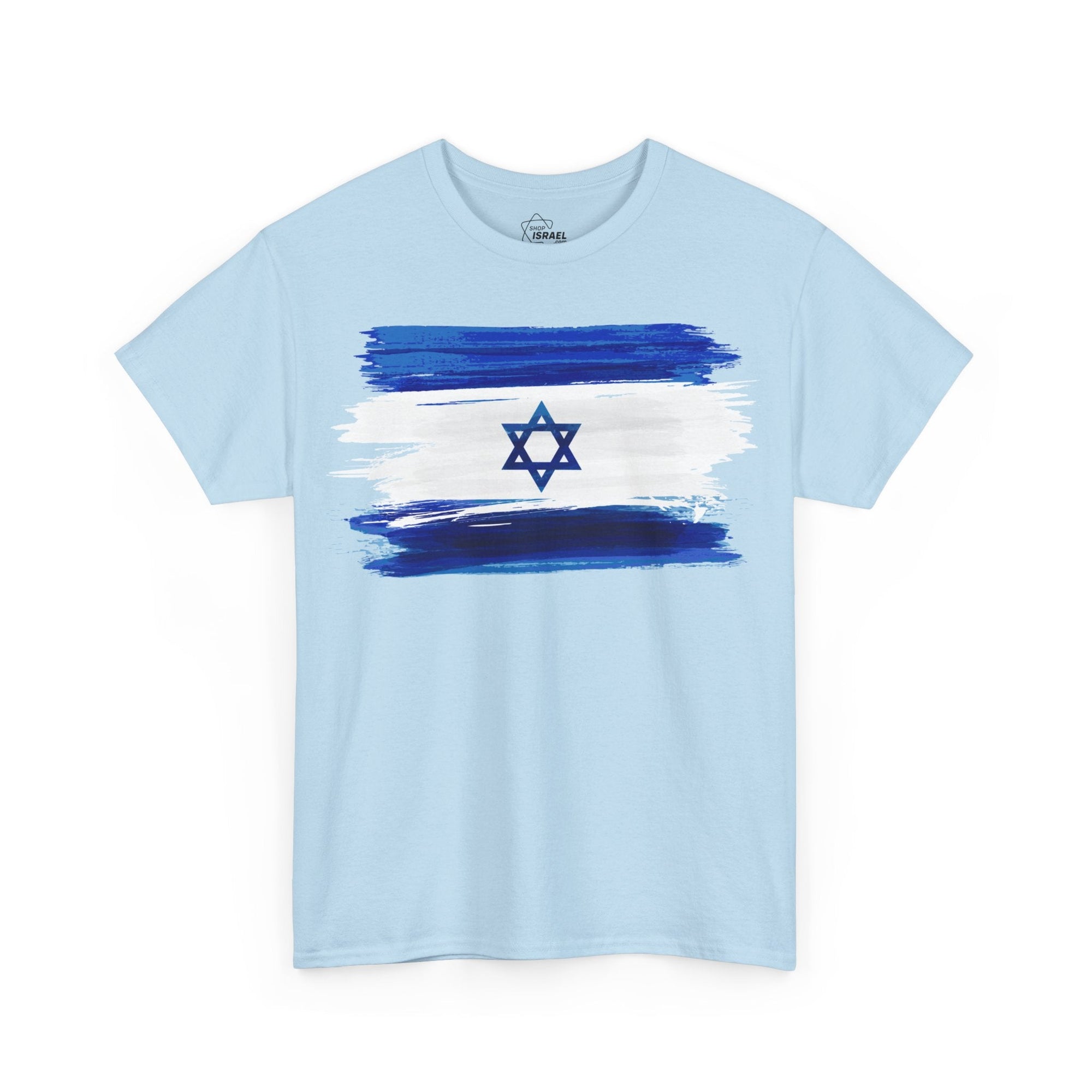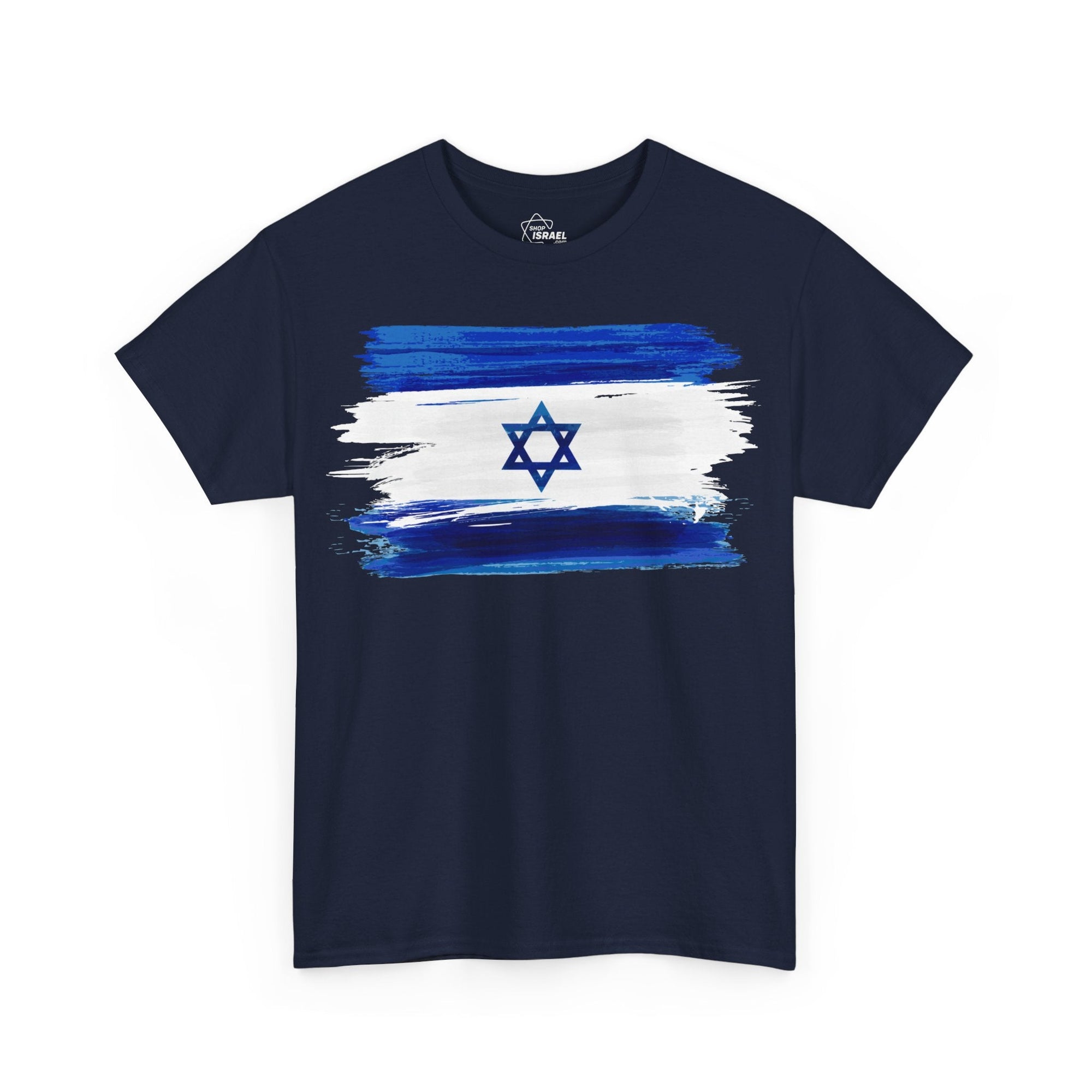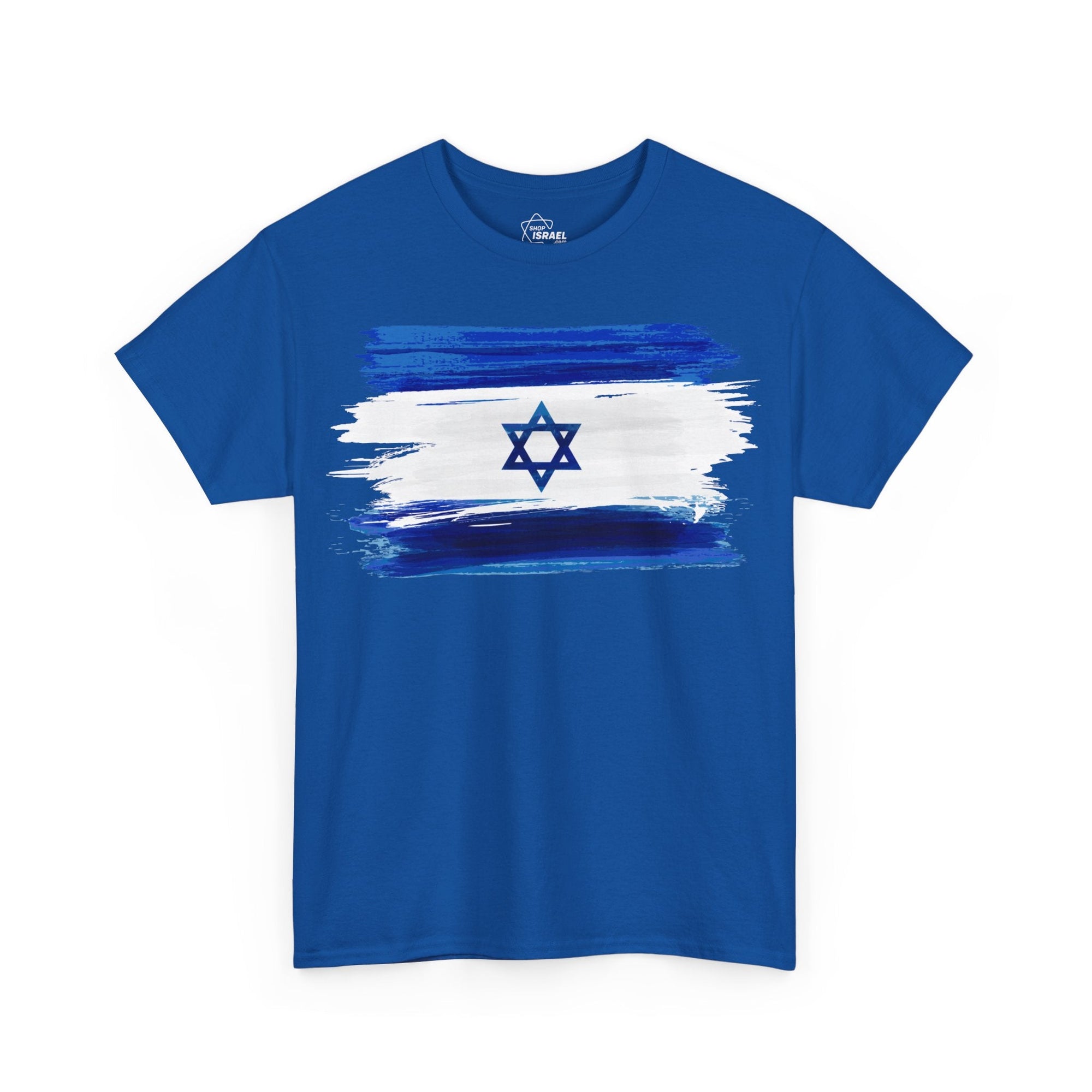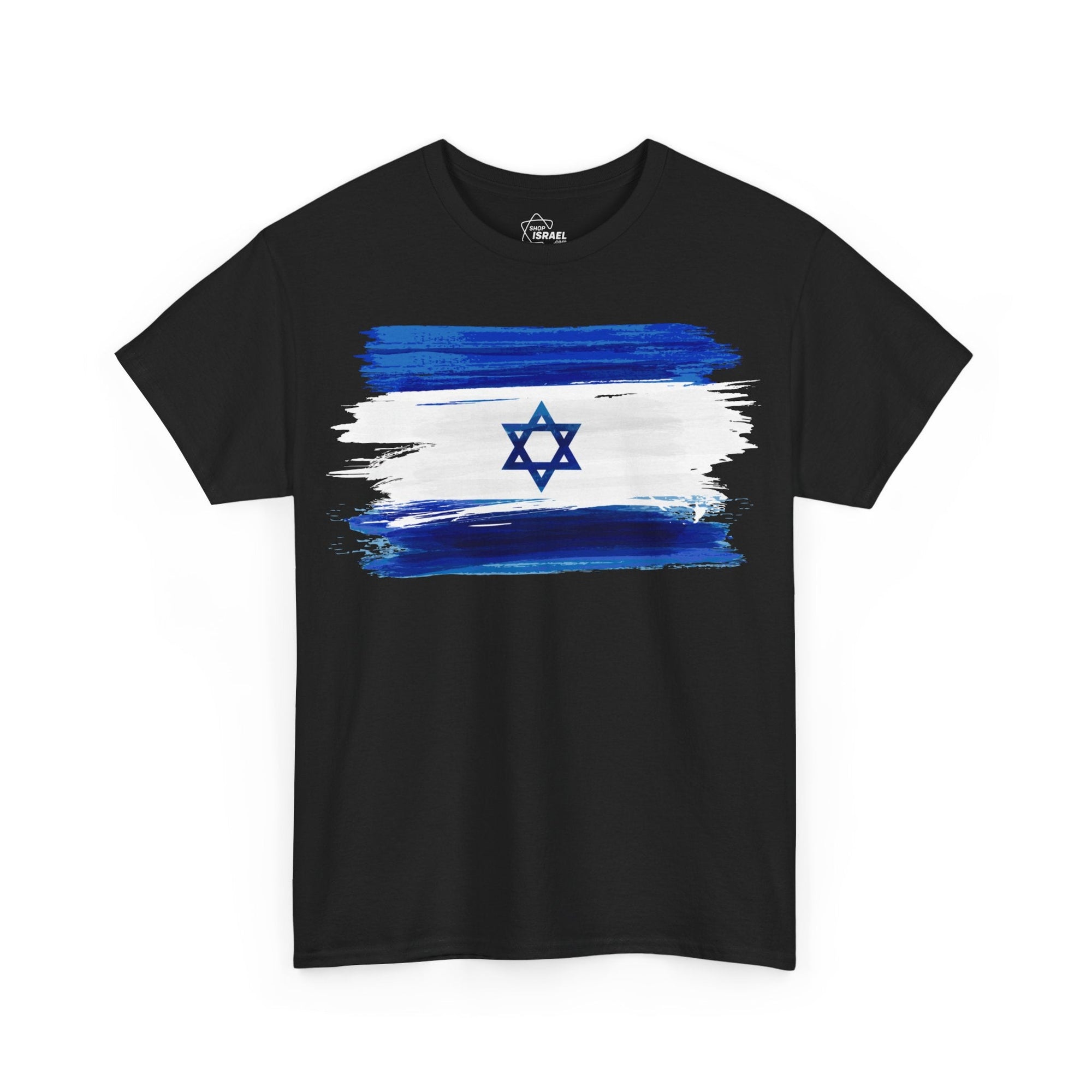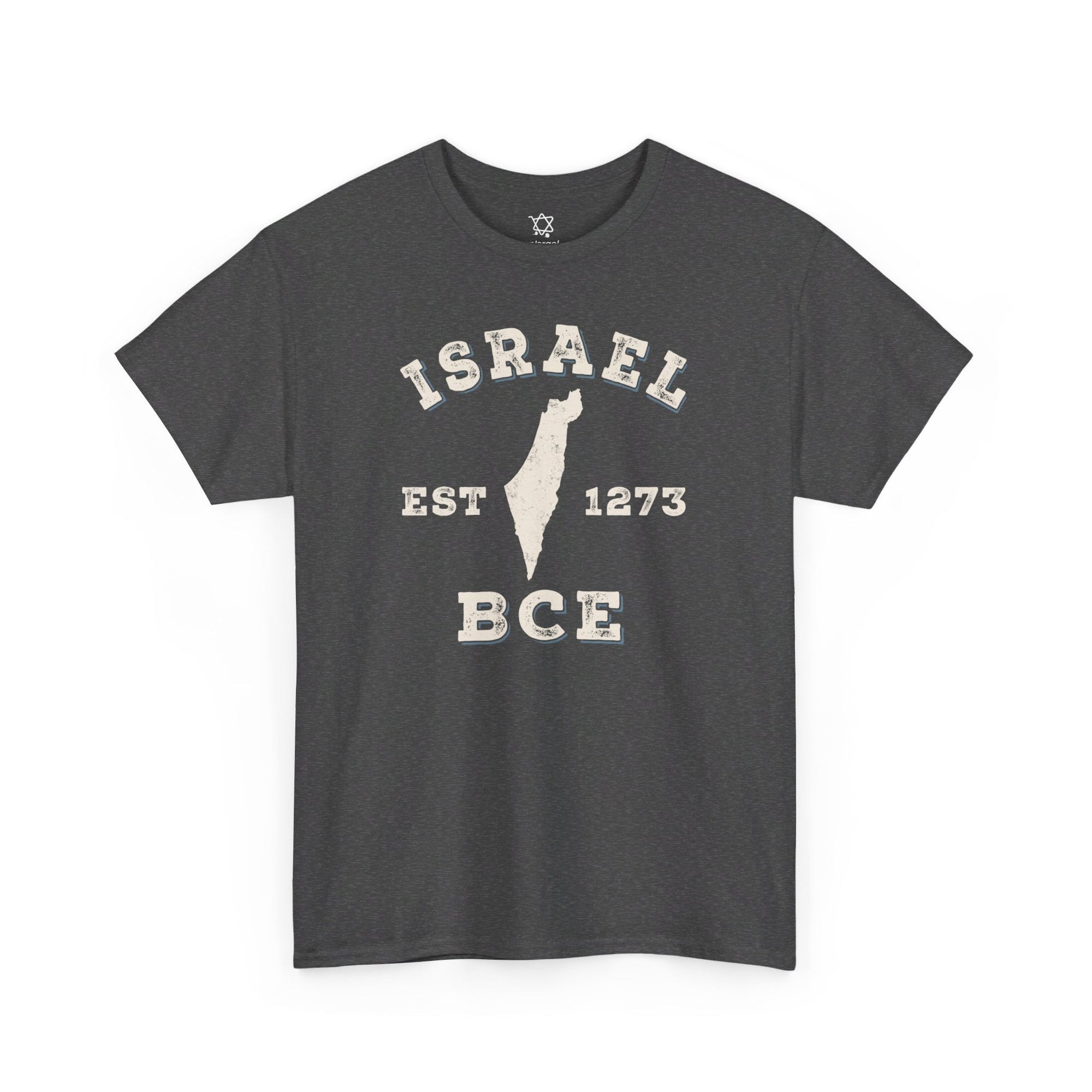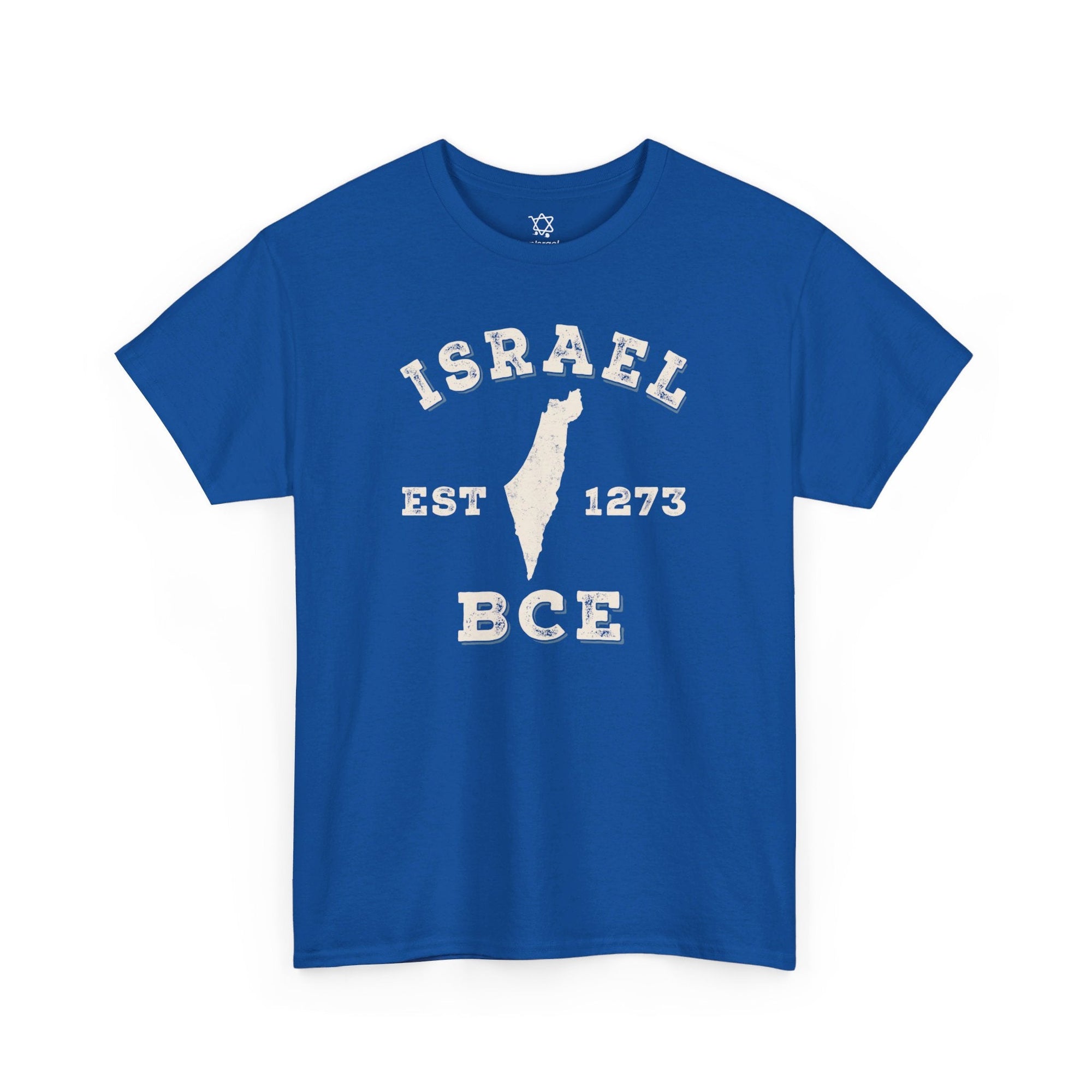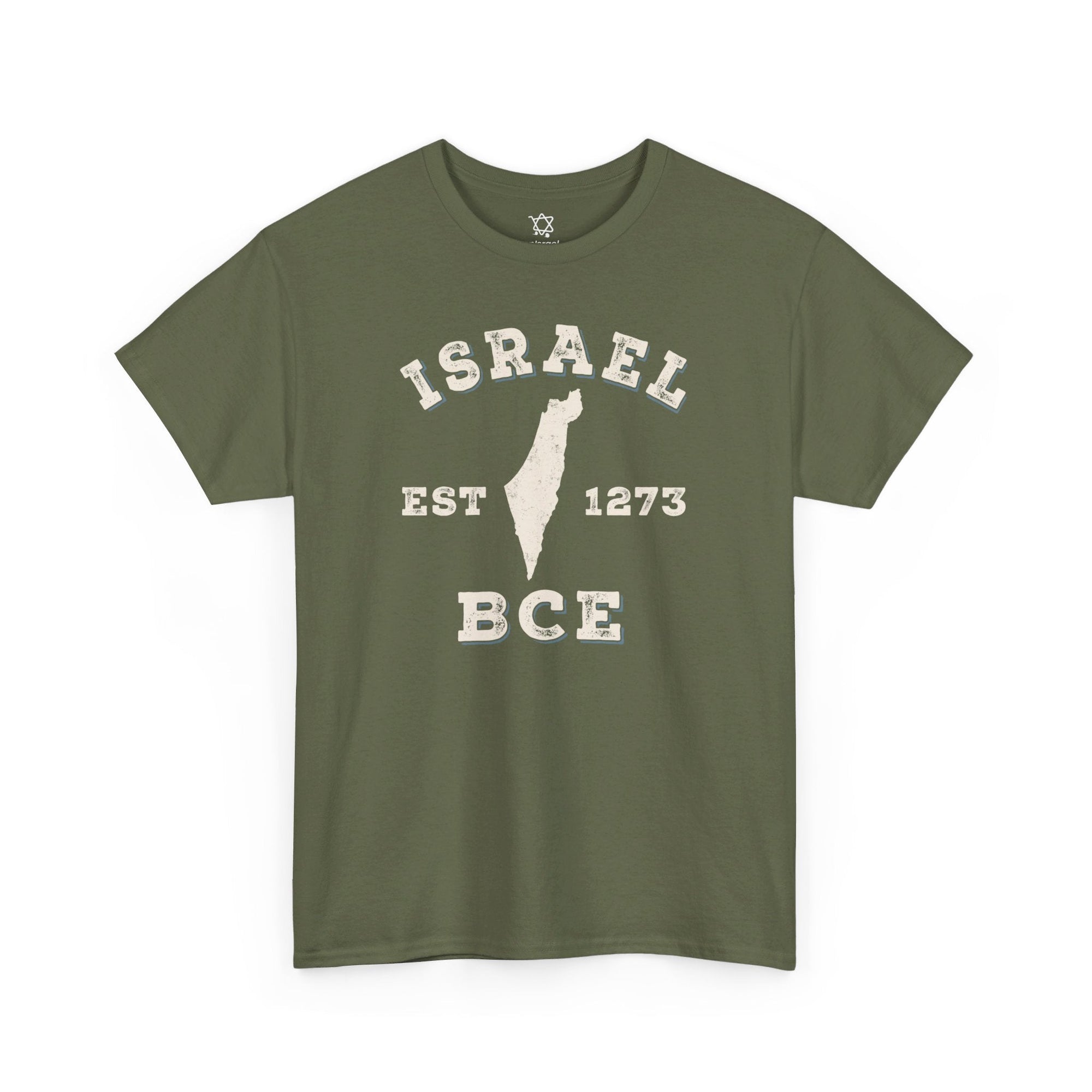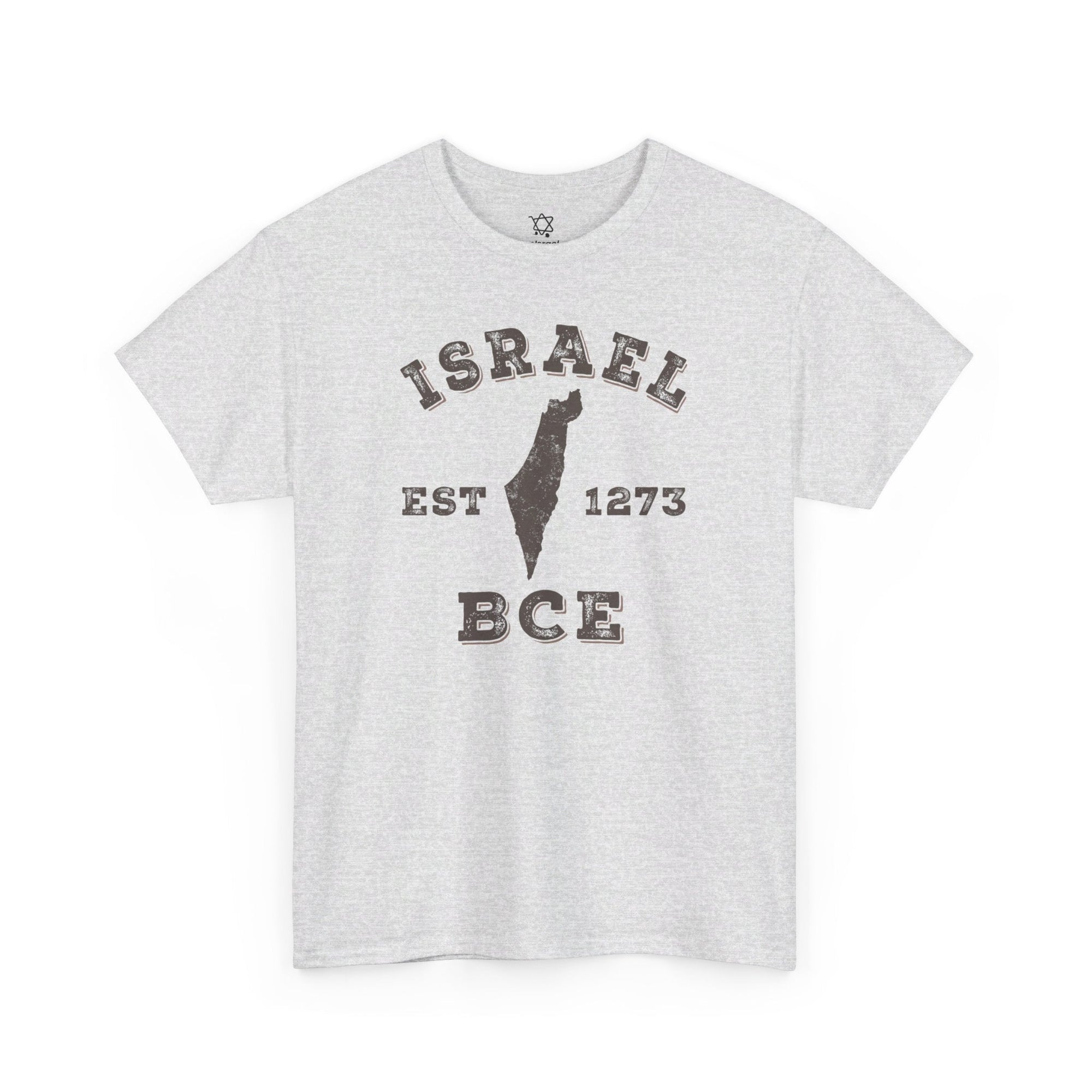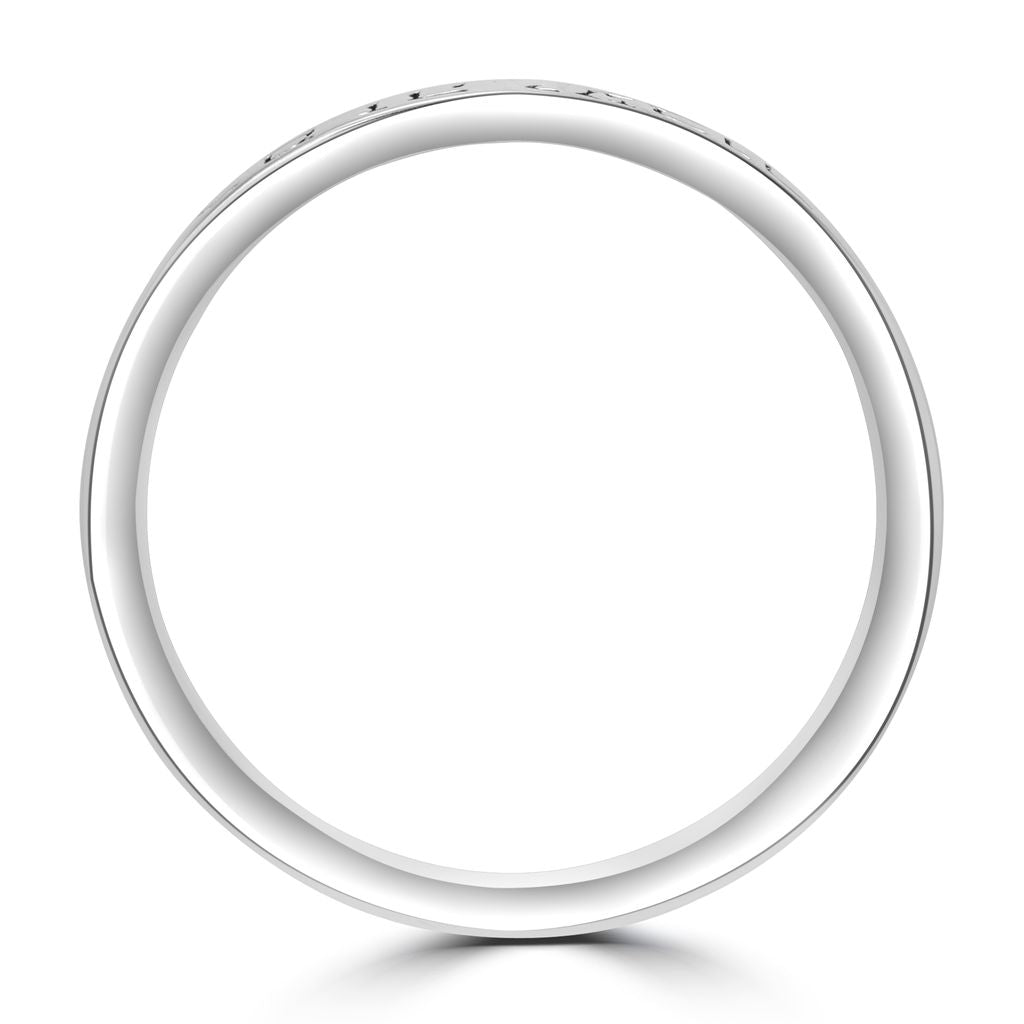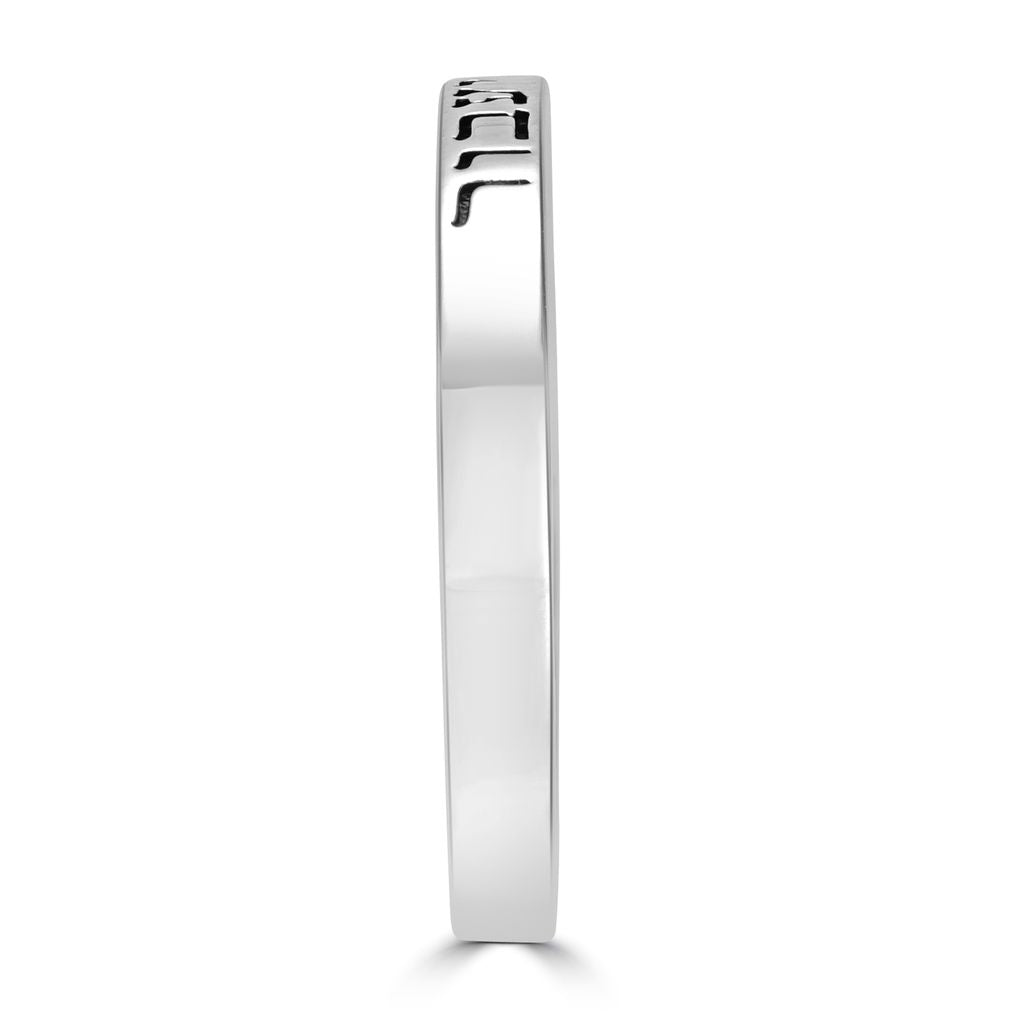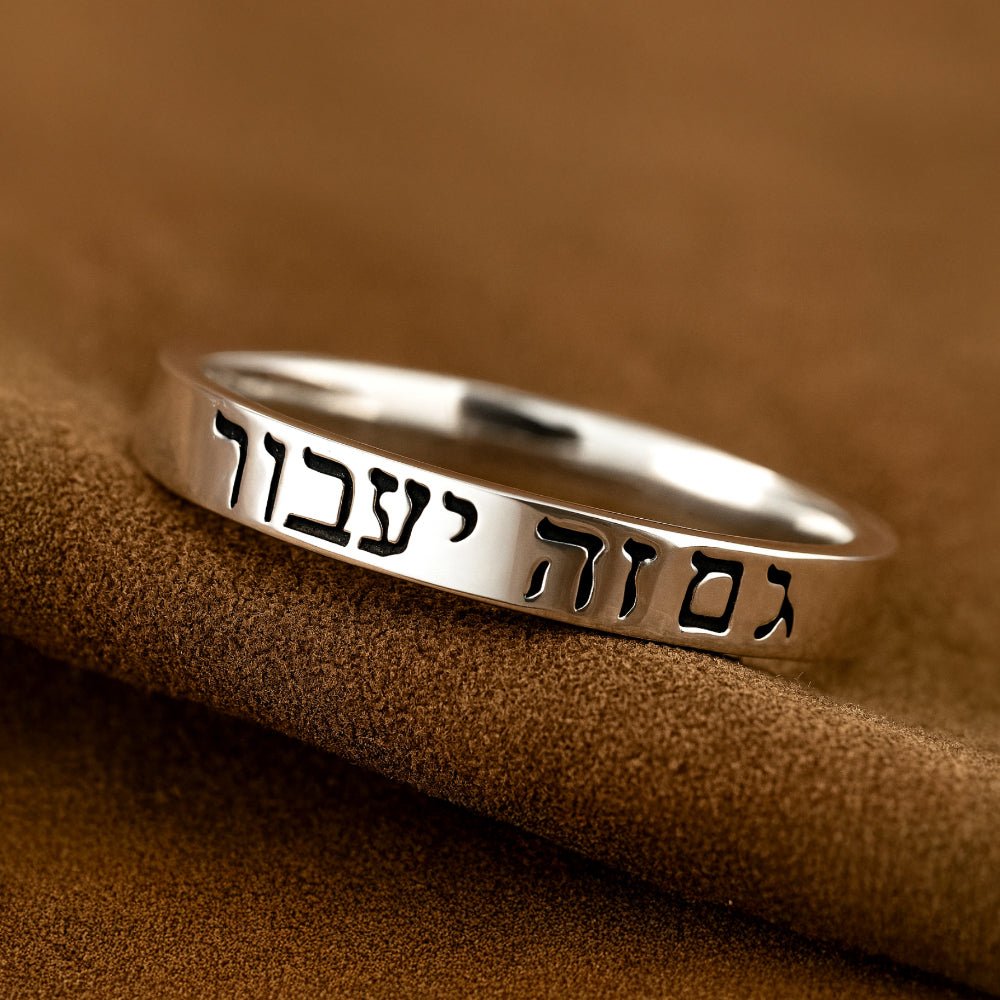Introduction to Zionist Apparel and Its Cultural Resonance
In recent years, a distinct fashion trend has emerged that combines cultural pride, political advocacy, and religious symbolism—Zionist apparel. This movement is characterized by clothing and accessories that promote Israeli pride, Jewish heritage, and support for Israel, often through bold messages and meaningful symbols. Analyzing this apparel's roots, religious context, and cultural significance reveals how it communicates identity and political stances in a complex and often contested space. This article explores the evolution of Jewish religious clothing, the significance of Zionist-themed merchandise, and the nuances of expressing peace and support through apparel amid broader regional symbolism.
The Growing Market for Zionist Apparel on E-Commerce Platforms

Popularity and Availability of Zionist Apparel on Online Marketplaces
Zionist apparel has seen rising popularity, particularly on e-commerce platforms like Etsy Zionist sellers. Multiple sellers offer a broad range of Zionist merchandise that promotes Israeli pride clothing and Jewish heritage accessories. These items allow consumers to express their support Israel shirts and Zionist themes easily through clothing and accessories.
Types of Products Offered: Clothing, Accessories, Cultural Merchandise
The product selection includes T-shirts, hoodies, hats, and other accessories featuring iconic symbols such as "Support Israel" shirts, Israeli military apparel, and Jewish pride symbols. In addition to apparel, cultural merchandise like decorative items reflecting Israeli identity is also available.
Marketing Strategies: Handmade, Unique Products, Free Shipping
Many sellers emphasize the uniqueness of their offerings by marketing products as handmade Zionist items or unique Zionist products. This approach appeals to buyers looking for authentic and personalized items. Furthermore, free shipping Zionist merchandise is frequently offered, enhancing the convenience and attractiveness of these purchases.
Consumer Appeal and Expressions of Identity
Purchasing Zionist apparel serves as a personal statement of identity and solidarity with Israel. Consumers use these products to publicly display their cultural pride and political support, making the apparel a meaningful symbol beyond just its material form. The high ratings of specific items, such as the Zionist minimalist black T-shirt supporting Israel, underscore the demand and consumer satisfaction in this niche market.
Jewish Religious Clothing: Historical Roots and Symbolism
What biblical commandments govern Jewish dress?
Jewish religious clothing finds its foundation in biblical commandments on Jewish dress, primarily outlined in the Torah. These early rules aimed to distinguish Jews from their surrounding communities and promote modesty. The commandment concerning tzitzit fringes attached to garments is one significant example, originally including instructions about using a blue dye called tekhelet.
What are the traditional garments such as the tallit, tzitzit, kippah, and kittel?
Among the central garments are the tallit prayer shawl, a prayer shawl adorned with tzitzit fringes worn during prayers, Shabbat, and holidays to signify religious devotion and identity. The tzitzit are the fringes themselves, which symbolize adherence to divine commandments.
The kippah or yarmulke is a skullcap worn mostly by men to show reverence to God, particularly common in Orthodox communities. Another significant garment is the kittel, a white robe worn by prayer leaders during High Holy Days, and sometimes by Orthodox Jews at weddings, symbolizing purity and solemnity.
How do these garments function as religious and identity markers?
Jewish religious clothing serves both spiritual and social purposes. Wearing these garments during prayer or special occasions marks the wearer’s commitment to Jewish law and tradition. They also visually identify individuals as members of the Jewish faith, fostering community and continuity. This function has historic roots where clothing helped distinguish Jews in diverse cultural landscapes. For more on Jewish clothing and identity, see Jewish religious clothing.
What are the distinctive modesty rules and ways clothing differentiates the community?
Modesty, or tzniut, is a crucial principle governing Jewish dress. For men, head coverings like kippahs express humility before God, while women traditionally cover their hair with scarves, snoods, or wigs after marriage to uphold modesty standards. Rabbinic law also forbids adopting immodest or idolatrous fashions, ensuring Jewish attire reflects both spiritual values and community boundaries.
In summary, Jewish religious clothing is deeply intertwined with biblical commandments and modesty laws and centuries of rabbinic interpretation. These garments and their associated customs strengthen religious identity, community belonging, and adherence to modesty, keeping alive a tradition that serves both faith and cultural distinctiveness.
Zionist Apparel as a Modern Extension of Jewish Identity and Pride
How does Zionist apparel connect to Jewish heritage?
Zionist apparel carries forward the deep-rooted sense of Jewish identity and pride that has been expressed historically through religious and cultural clothing. While traditional Jewish garments like the tallit and kippah emphasize religious observance and modesty, Zionist clothing embraces contemporary expressions of national support and cultural belonging to the Jewish people and Israel. You can also explore more about the influence of Jewish heritage on mainstream fashion.
What slogans and messages are commonly used in Zionist apparel?
Many Zionist apparel items feature explicit slogans such as "Support Israel" and images referencing the Israeli military. These messages clearly express political support and solidarity with the Zionist movement. The clothing often combines straightforward political statements with Jewish pride symbols, making the apparel a medium to openly display cultural allegiance, evident in collections showcasing Zionist apparel peace messaging.
How are traditional Jewish symbols integrated into modern Zionist fashion?
Zionist merchandise blends classic Jewish symbols—like the Star of David—with minimalist and modern clothing styles. For example, a simple black T-shirt with Zionist themes, such as a minimalist black T-shirt, might carry traditional emblems while using clean, contemporary designs. This fusion maintains cultural resonance while appealing to modern tastes and everyday wearability. Additionally, for insight into the Jewish fashion history and biblical Jewish garments and their influence on contemporary styles, see that resource.
What role does Zionist apparel play in political and cultural expression?
Wearing Zionist apparel acts as a visible and accessible form of support for Israel and the Jewish people. It enables individuals to express identity, political beliefs, and cultural pride in public spaces. The apparel often doubles as a statement of solidarity, particularly in environments where such expressions affirm Jewish unity and resistance. This is in contrast and dialogue with the Palestinian black-and-white keffiyeh symbolism and Palestinian tatreez embroidery, showing the complexity of Middle Eastern cultural attire as political expression.
Overall, Zionist apparel represents a modern extension of Jewish heritage, linking time-honored symbols and identity with today’s sociopolitical contexts through fashion. For a broader perspective on Jewish clothing traditions and the historical context of religious garments, consider exploring the enduring trajectory of Jewish fashion.
Design Elements and Symbolism in Zionist Apparel

What are common motifs and symbols in Zionist apparel?
Zionist apparel frequently incorporates straightforward messages such as 'Support Israel shirts', reflecting a clear political stance. Israeli military apparel references appear to emphasize national pride and defense, catering to buyers who value patriotic expression. Jewish pride symbols are also prevalent, reinforcing cultural and religious identity alongside the political message.
How do minimalist designs play a role in Zionist clothing?
Minimalist design is a strong trend within Zionist-themed apparel, with simple items like the black T-shirt featuring Zionist messages gaining popularity. Such designs offer a clean, modern look that appeals to a broad audience while clearly showcasing support. They avoid overly complex imagery, making the message direct and impactful.
Which Jewish symbols are incorporated into Zionist apparel?
Jewish religious symbols such as the Star of David and other heritage motifs frequently appear in apparel promoting Zionism. These symbols connect wearers to their cultural roots while expressing solidarity with Israel. They carry profound historical and spiritual significance, enriching the garment's meaning beyond just political support. For more on Jewish religious clothing and symbolism, see Jewish religious clothing and explore the influence of Jewish heritage on mainstream fashion.
How do designers balance religious and political messages through apparel?
Zionist apparel achieves balance by integrating subtle religious imagery with overt political slogans. The inclusion of Jewish cultural symbols ensures the clothing resonates on multiple levels—both as expressions of faith and as declarations of political identity. This layered approach allows wearers to convey complex affiliations through their clothing while maintaining tasteful and meaningful design.
These design elements collectively create Zionist apparel that is both symbolically rich and visually accessible, fostering a sense of community among supporters and honoring Jewish heritage alongside political beliefs.
Comparative Symbolism: Palestinian and Jewish Garments in Regional Context
What Palestinian symbols are represented in clothing and accessories?
Palestinian clothing and symbols carry deep cultural and political meanings. The black-and-white keffiyeh symbolism is a well-known emblem signifying the Palestinian struggle for justice and freedom. Traditionally linked to the Arab Revolt and figures like Yasser Arafat, it embodies resistance.
Other symbols include the olive branch, which stands for peace and prosperity and reflects the significance of olive cultivation in Palestinian life and economy. The watermelon, colored to mirror the Palestinian flag, serves as a subtle identity marker, especially where flags are restricted.
The Palestinian tatreez embroidery and the Palestinian key symbolize the refugees’ desire for the right of return, representing hope tied to homes lost in past conflicts.
How do Palestinian and Jewish clothing symbolize cultural identities differently?
Palestinian garments and symbols emphasize collective memory, political resistance, and connection to land. Items like the Palestinian black-and-white keffiyeh symbolism and embroidered tatreez tell stories of regional heritage and ongoing struggles.
Jewish religious clothing, by contrast, underscores spiritual laws, modesty, and religious identity. Garments such as the tallit with tzitzit fringes, kippah, and kittel convey reverence and observance rooted in biblical commandments on Jewish dress and rabbinical interpretations.
While Palestinian attire often serves as a visible political statement against occupation, Jewish religious dress defines personal piety and community distinction, reflecting the influence of Jewish heritage on mainstream fashion.
What role does Zionist apparel play in this regional narrative?
Zionist apparel peace messaging, like minimalist T-shirts bearing "Support Israel" slogans or Jewish pride symbols, participates in this sphere of identity and political expression.
Such apparel promotes Israeli national pride and solidarity, counterbalancing Palestinian symbolism in public and commercial spaces. It connects wearers to the Zionist movement and contemporary Jewish heritage, with many unique handmade Zionist items and Zionist merchandise available.
How is clothing used as a form of political expression in the Israel-Palestine context?
In this region, garments and accessories are not merely cultural but potent political statements. Palestinian symbols express resistance, claims to land, and collective memory, while Jewish religious clothing affirms continuity and religious tradition.
Zionist apparel publicly declares political allegiance and support.
Together, these garments embody overlapping narratives of identity, faith, and nationalism — visually narrating the complex Israel-Palestine conflict through the fabric of everyday life.
The Enduring Trajectory and Evolution of Jewish Fashion

What are the biblical origins of Jewish fashion and garment traditions?
Jewish fashion traces its roots back to biblical times, where early garments such as cloaks, tunics, and caps served both practical and symbolic purposes. Ancient attire prominently featured linen for its breathability, with certain colors and dyes indicating social status. A significant tradition originating from biblical commandments is the wearing of tzitzit, fringes attached to garments, underscoring religious observance and identity. This aligns with Biblical commandments on Jewish dress and the broader Jewish religious clothing customs.
How has Jewish modesty influenced stylistic continuity over time?
The principle of tzniut, or modesty, has played a foundational role in shaping Jewish clothing over millennia. This religious emphasis mandates attire that distinguishes Jewish individuals from their surrounding cultures, promoting modest cuts and styles. Historically, this led to distinct garments such as the tallit (prayer shawl) with tzitzit, kippah (skullcap), and modest coverings for married women. The avoidance of overt religious iconography in favor of subtle biblical motifs also reflects this modest aesthetic. For more context, see Biblical commandments on Jewish dress and Jewish law and modesty.
How did Jewish fashion evolve from ancient tunics to contemporary designs?
While early Jewish men traditionally wore tunics instead of trousers in various eras, over time Jewish fashion adapted with regional influences and spiritual laws. Communities in Eastern Europe developed utilitarian styles including mantles, fur-lined coats, and modest headwear like the shtrayml. Today, contemporary Jewish designers incorporate these historical elements, such as fringe and traditional silhouettes, into modern fashion. These modern garments maintain cultural authenticity while appealing to a broad audience through understated elegance. See more on the enduring trajectory of Jewish fashion.
What is the influence of Jewish fashion on mainstream designers inspired by Jewish heritage?
Modern designers like Batsheva Hay and Carly Mark draw directly from Jewish heritage, blending historical and religious garment concepts with current fashion trends. This has broadened the influence of Jewish attire beyond religious contexts, introducing modesty-inspired pieces and motifs into mainstream fashion. Elements such as fringe detailing and the kippah have found a place in popular style, illustrating the dynamic bridge between sacred tradition and contemporary design. Learn more about Jewish religious clothing, commandments, and interpretations and the influence of Jewish heritage on mainstream fashion.
Zionist Apparel as a Statement of Peace and Solidarity
How does Zionist clothing convey peace messages alongside political support?
Zionist apparel often combines symbols of Israeli pride and Jewish heritage with outward expressions of peace and solidarity. While many items prominently display support for Israel and Zionist themes, such as shirts with slogans like "Support Israel" or references to the Israeli military, some also incorporate Zionist apparel peace messaging. This dual messaging reflects the complex realities of identity and politics surrounding Israel.
What motivates consumers to purchase apparel promoting Israel and peace?
Consumers are drawn to Zionist apparel to express their personal or cultural identity, solidarity with Israel, and support for Jewish heritage. Buyers seek to make a statement that blends pride in their roots with aspirations for peace and understanding in the region. Many products are marketed as handmade Zionist items or unique, offering a sense of authenticity and connection. Free shipping and positive ratings encourage wider adoption among supporters.
How do merchandise designs balance subtle and bold messaging?
Zionist apparel ranges from minimalist designs, such as simple black T-shirts bearing straightforward supportive slogans like the Zionist minimalist black T-shirt, to more explicit symbols of Zionism. This variety allows wearers to choose how boldly they wish to express their views—from subtle cultural references to direct political statements. Subtlety can promote dialogue by inviting curiosity, while bold designs serve to assert identity and values forcefully.
What role does apparel play in fostering dialogue or asserting identity?
Wearing Zionist apparel functions as both a personal declaration and a public statement. It fosters dialogue by visually inviting conversations about Israel, Jewish culture, and peace aspirations. For those exploring cultural and religious identity aspects, Jewish religious clothing offers additional context on how clothing expresses deeper identity and tradition, including Biblical commandments on Jewish dress such as the Tallit prayer shawl and Tzitzit fringes. It also builds community among supporters by signaling shared values. Ultimately, such apparel helps articulate a complex narrative that balances pride, peace, and political support through visible, wearable forms. For a broader view on Jewish cultural expressions in clothing, see the rich Jewish fashion history.
Jewish Religious Clothing vs. Zionist Apparel: Tradition Meets Modernity
What Are the Differences and Overlaps Between Religious Attire and Zionist-Themed Clothing?
Jewish religious clothing and Zionist apparel represent two distinct yet sometimes overlapping facets of Jewish identity expressed through fashion. Religious garments are deeply rooted in tradition and law, focusing on modesty, ritual observance, and distinguishing Jews from other communities. Zionist apparel, on the other hand, tends to make overt political and cultural statements supporting Israel and Jewish pride, often appearing in everyday casual wear. For more on the influence of Jewish heritage on mainstream fashion, see this resource.
How Do Religious Garments Emphasize Modesty and Ritual Compared to the Political and Cultural Messages in Zionist Apparel?
Religious clothing such as the tallit (prayer shawl), kippah (skullcap), and modest women’s head coverings are governed by commandments and traditions emphasizing reverence, modesty (tzniut), and ritual significance. For instance, the tallit's fringes (tzitzit) serve as physical reminders of biblical commandments. In contrast, Zionist apparel often features bold messages like “Support Israel” and symbols associated with Israeli pride or the military. These garments prioritize expressing solidarity and cultural identity rather than fulfilling ritualistic or modesty requirements. For an in-depth look into Jewish religious clothing, biblical commandments on dress, and modesty, see this encyclopedia entry.
What Symbolism Distinguishes Jewish Fashion From Zionist Apparel?
Jewish religious clothing typically employs subtle symbolism rooted in scripture and tradition, such as the pomegranate patterns from priestly garments or simple garment designs that avoid overt iconography. Traditional attire maintains modest colors and forms, reflecting humility and continuity. Conversely, Zionist apparel embraces explicit, recognizable icons—Israeli flags, slogans, and patriotic themes—to convey clear political allegiance and cultural support. For insight on Jewish fashion history and symbolism, this resource provides an extensive overview.
How Do Both Forms Preserve and Express Jewish Identity?
Religious garments maintain continuity with millennia of Jewish law and practice, reinforcing individual and communal identity through observance and modesty. They serve as markers of Judaism’s enduring spiritual and cultural heritage. Zionist apparel, meanwhile, communicates a modern Jewish identity intertwined with national pride and political support for Israel, fostering community among those advocating a collective cause. Together, they illustrate how Jewish identity can be expressed through both the enduring language of tradition and the dynamic statements of contemporary culture. For examples of Zionist apparel peace messaging and the peaceful use of traditional Jewish dress, see these linked resources.
Conclusion: Apparel as a Canvas for Identity and Advocacy
Zionist apparel represents more than mere fashion; it is a vibrant expression of identity, cultural heritage, and political solidarity. Rooted historically in Jewish religious dress but boldly intertwined with contemporary Zionist themes, this emerging niche blends tradition with modern advocacy. As consumers choose clothing that communicates support for Israel and Jewish pride, they participate in a broader dialogue that navigates peace, conflict, and communal belonging. Ultimately, these garments serve as wearable messages bridging ancient customs and current realities, underscoring the power of apparel to shape narratives and foster connection.



